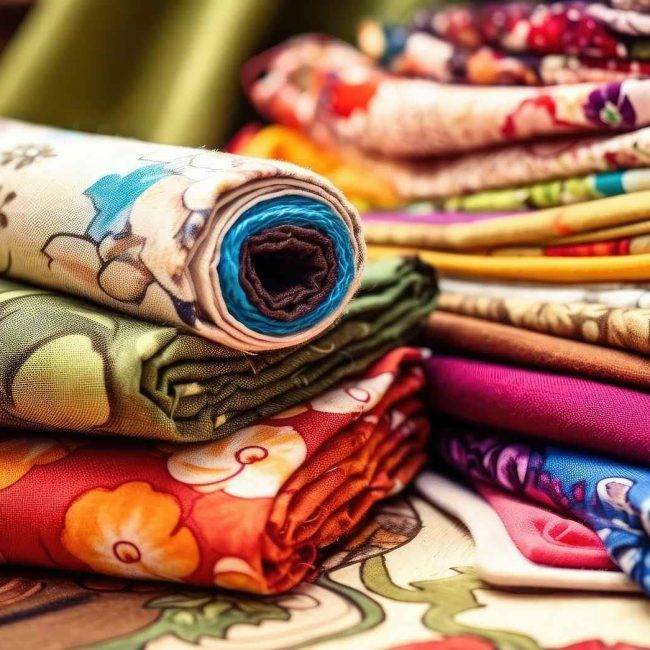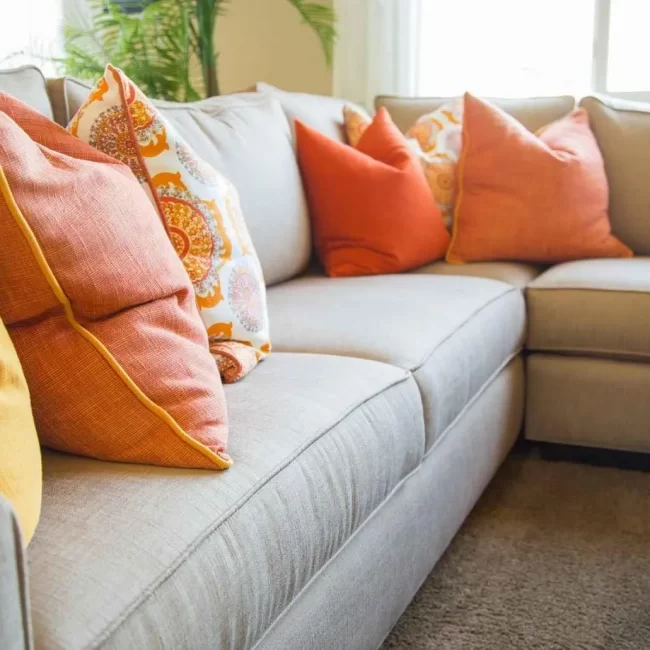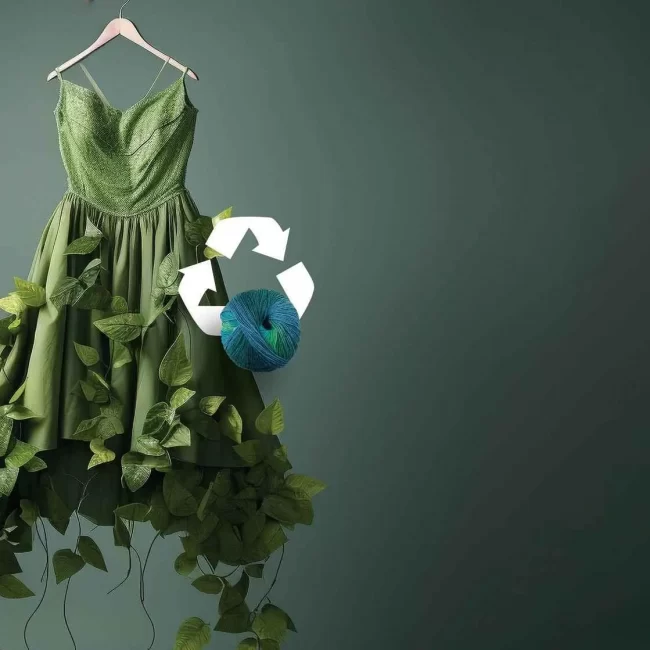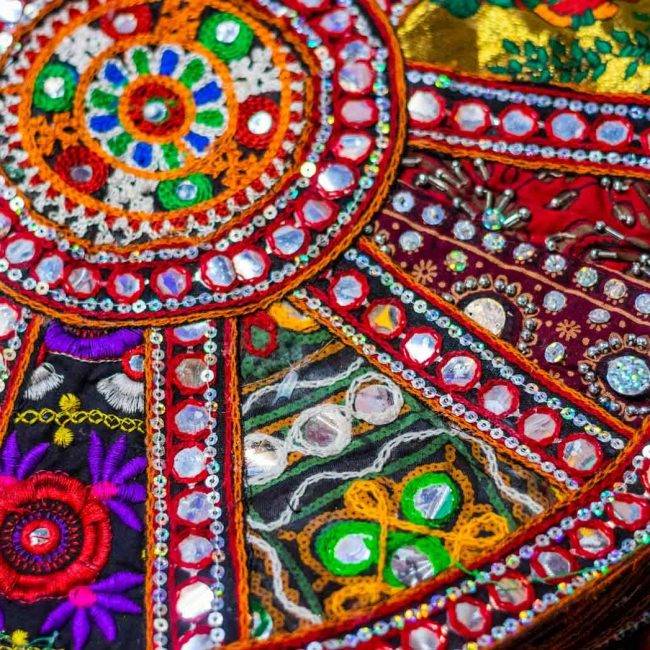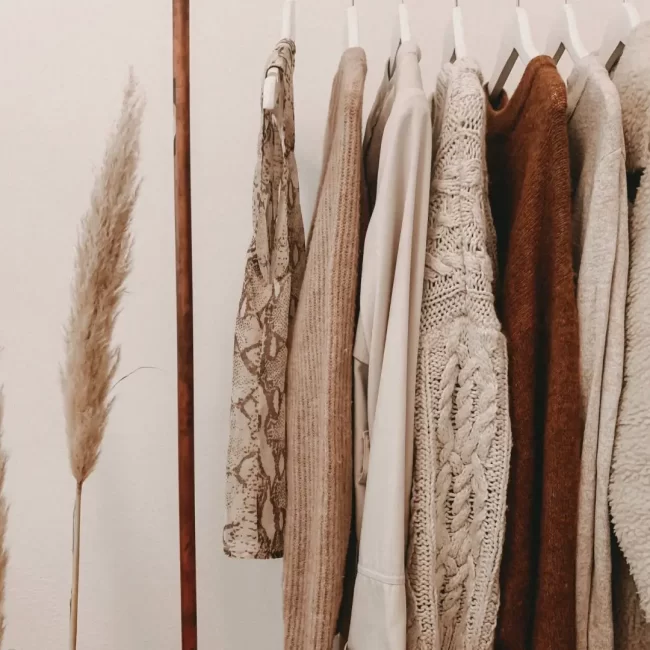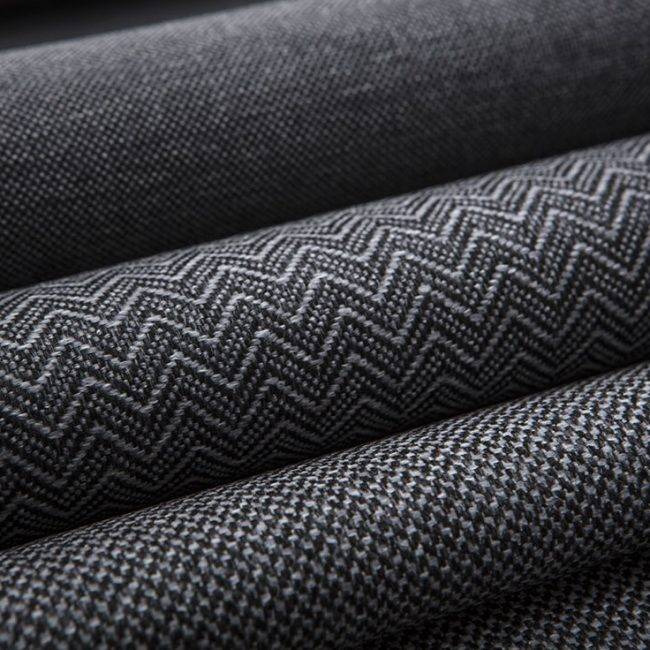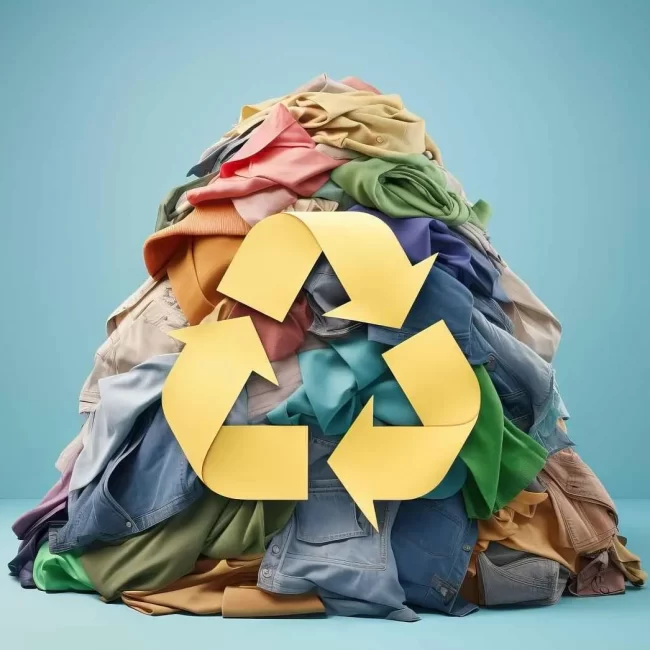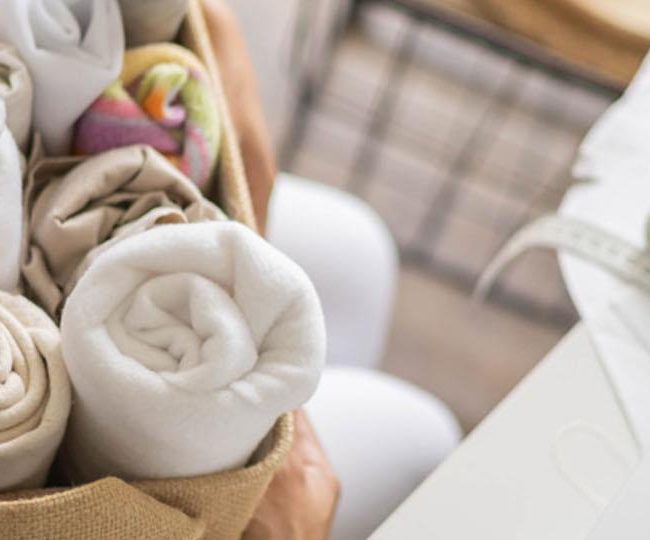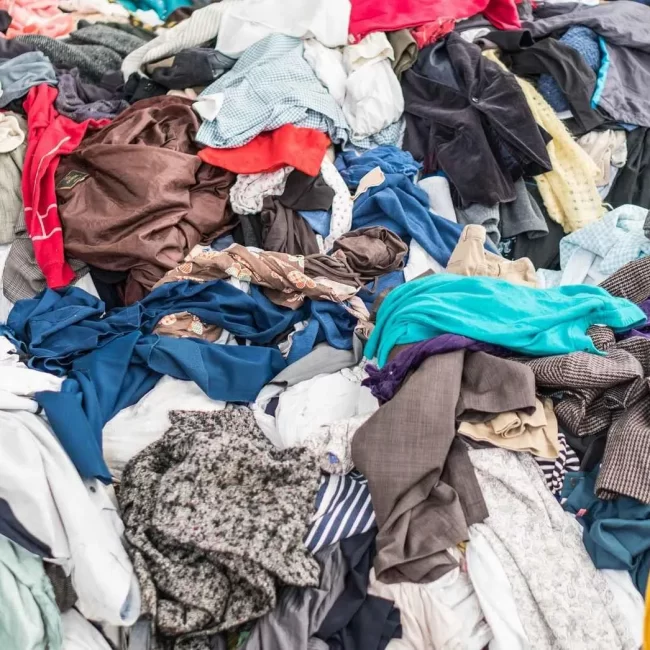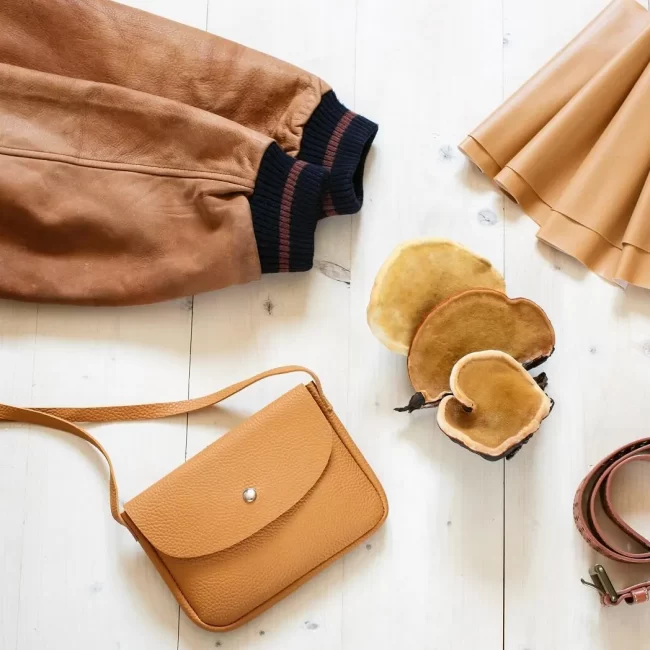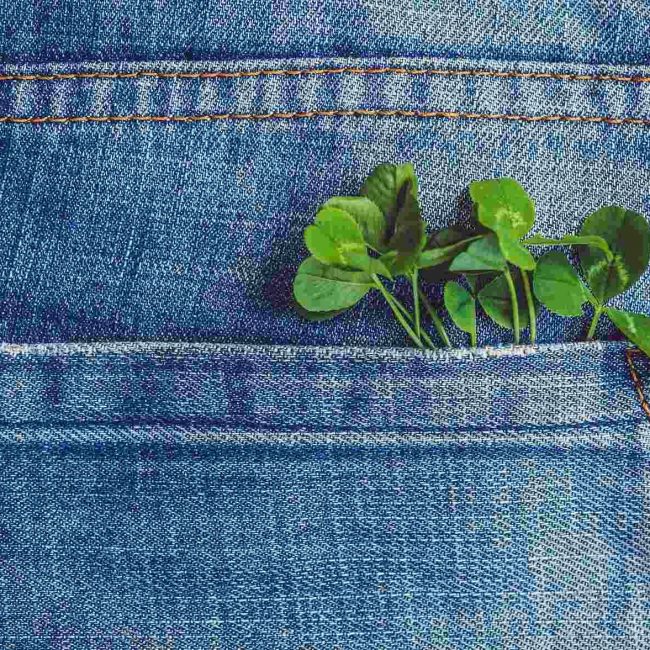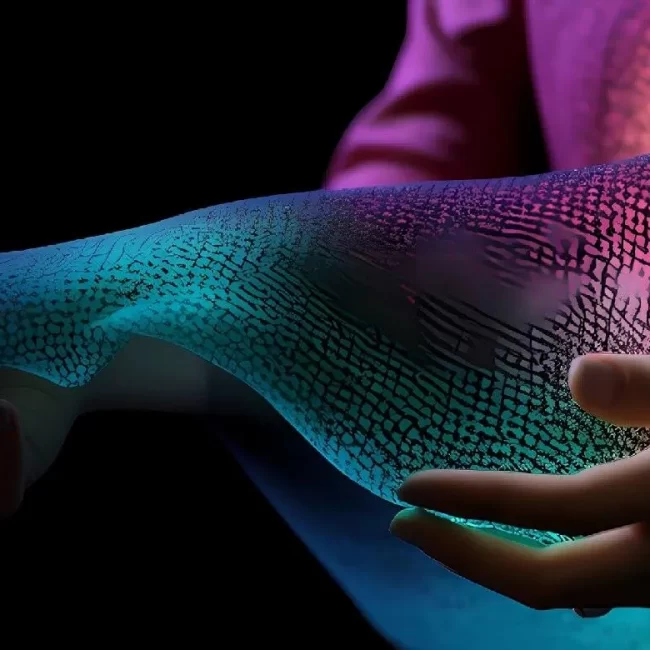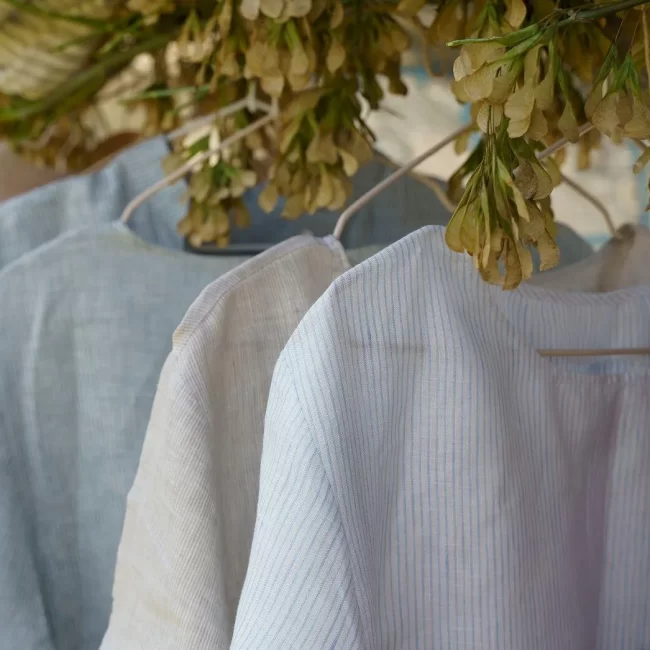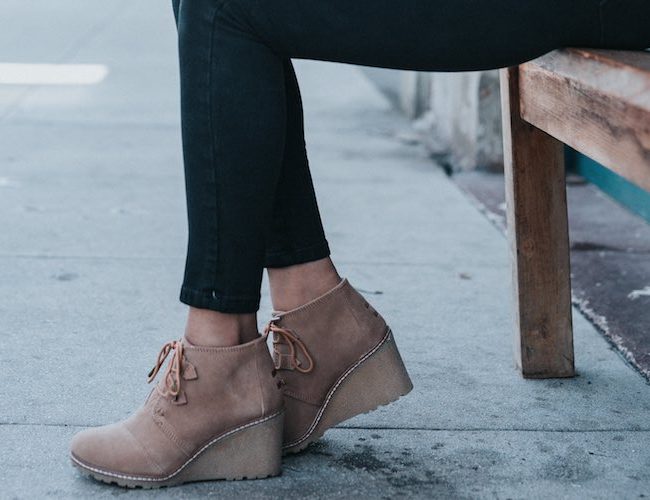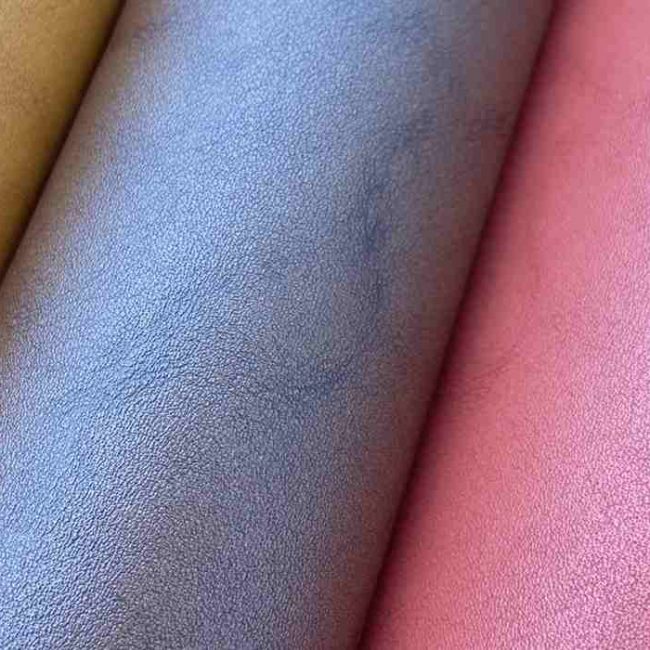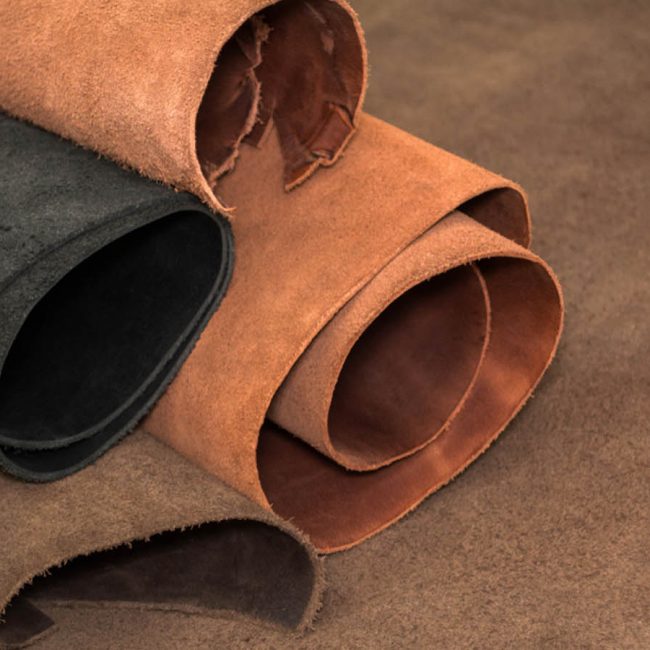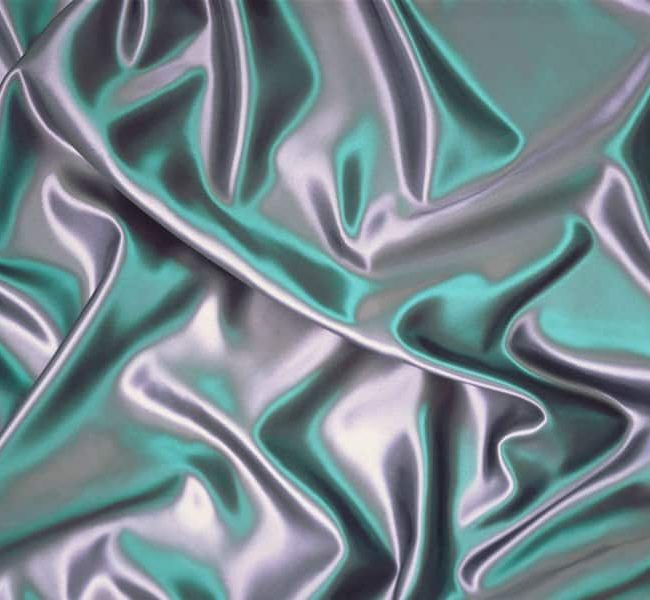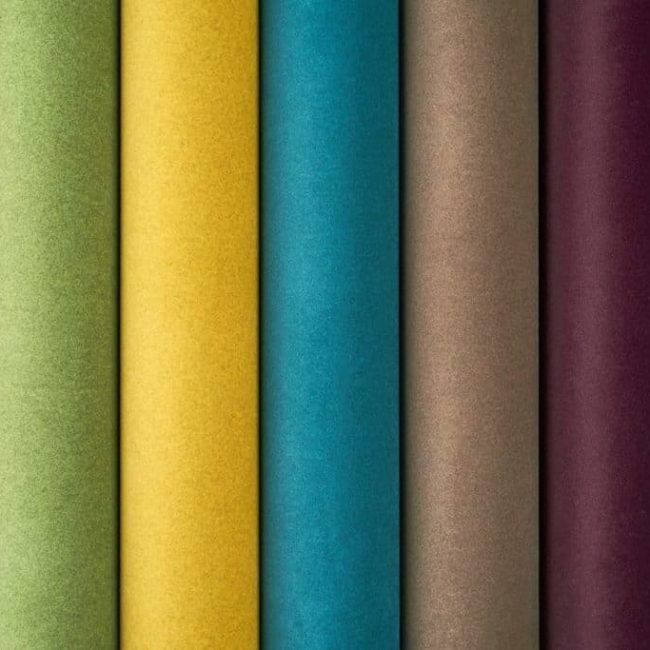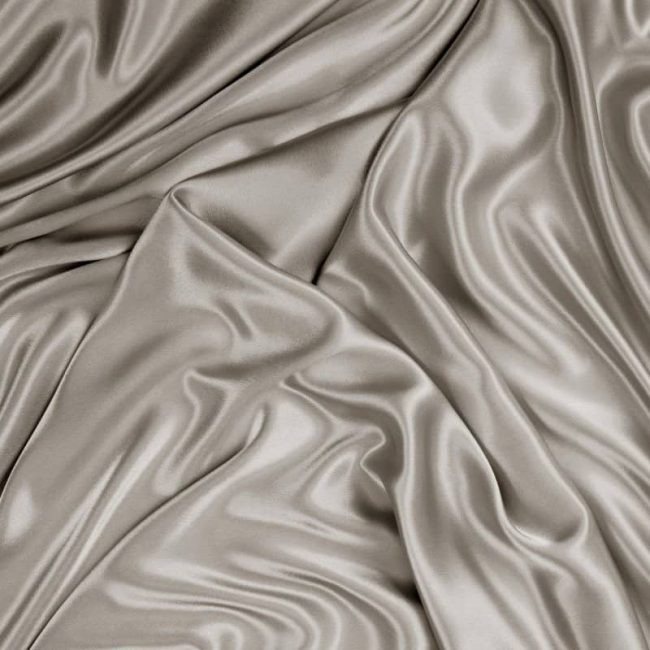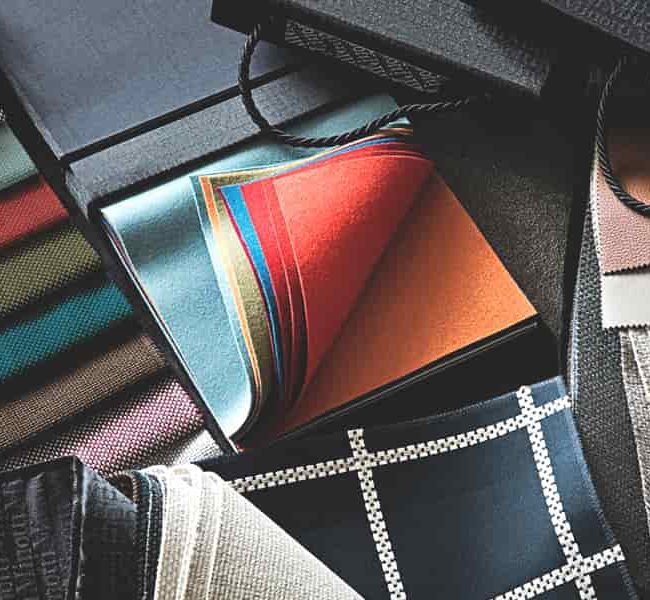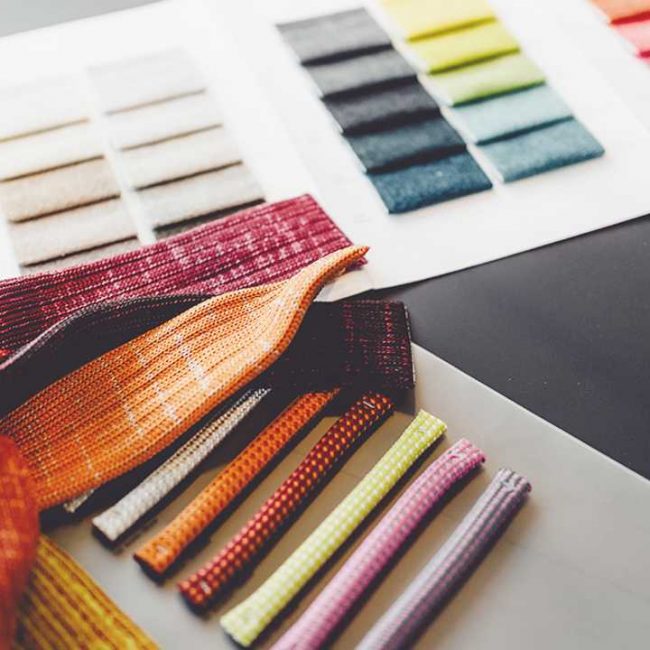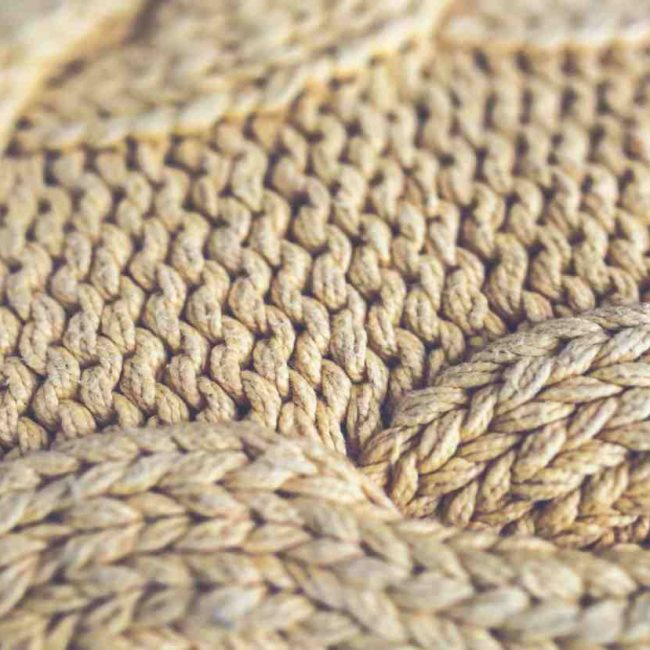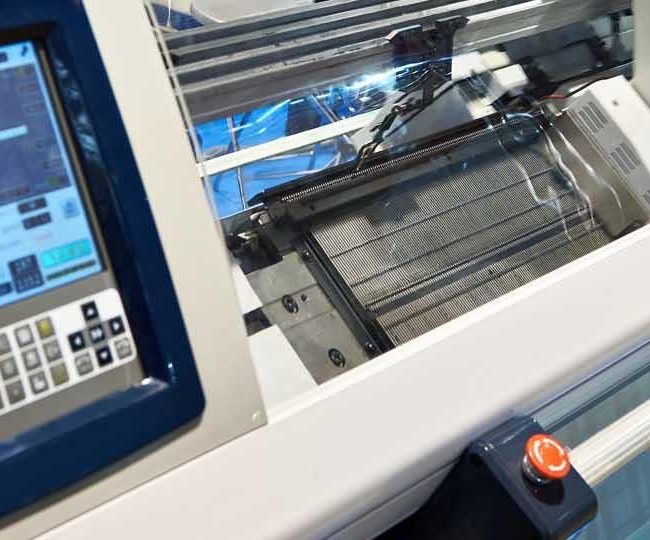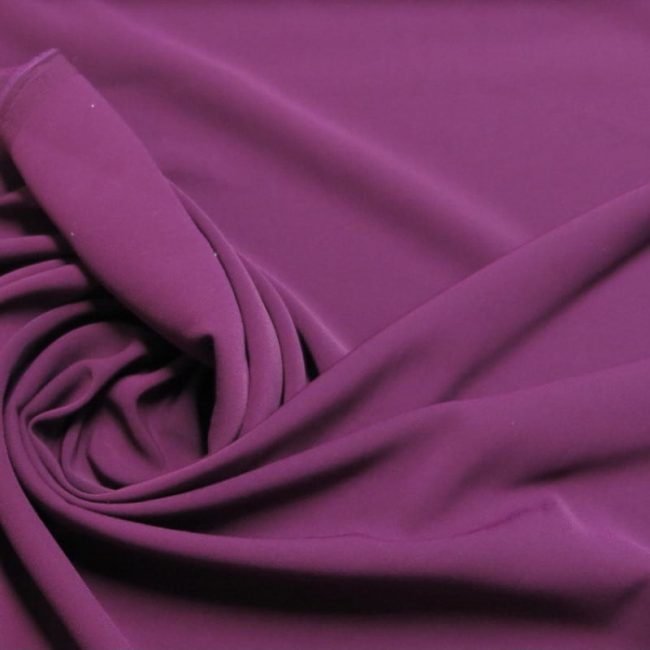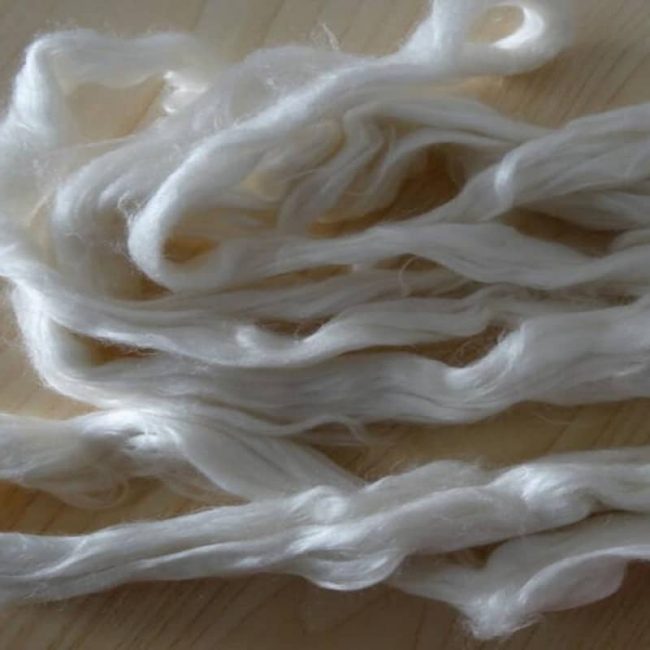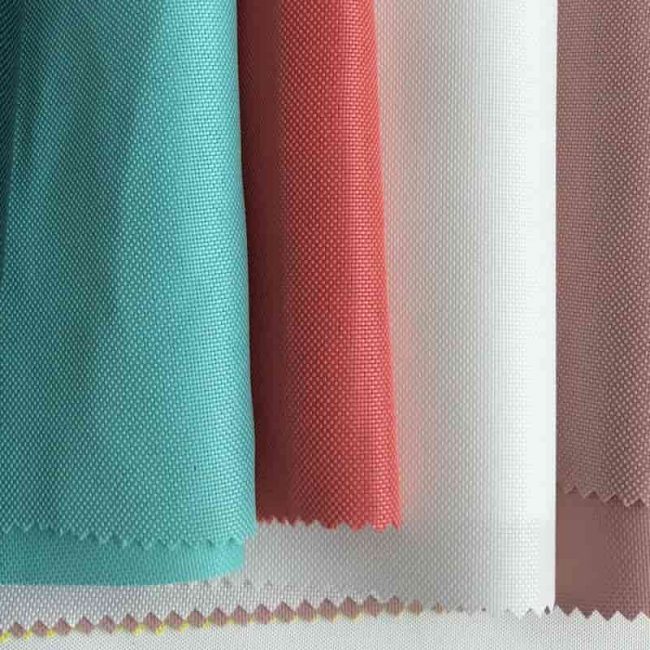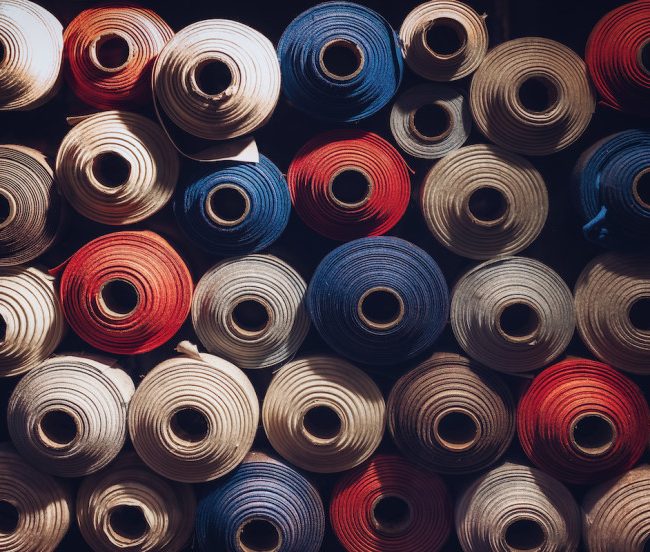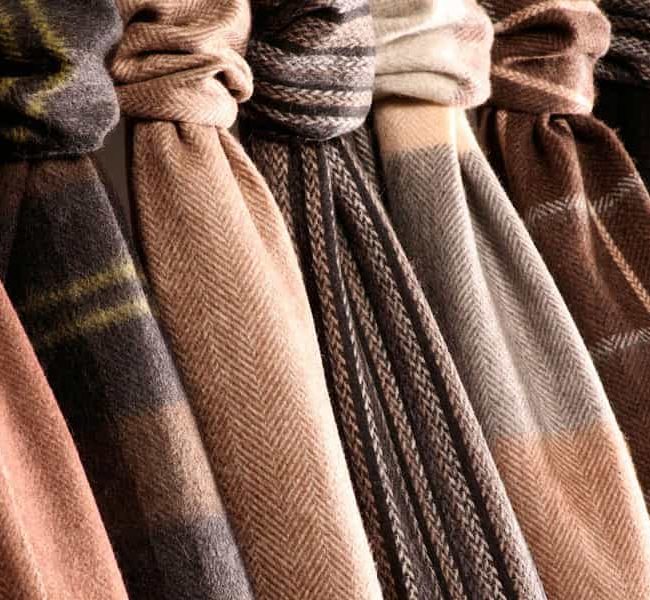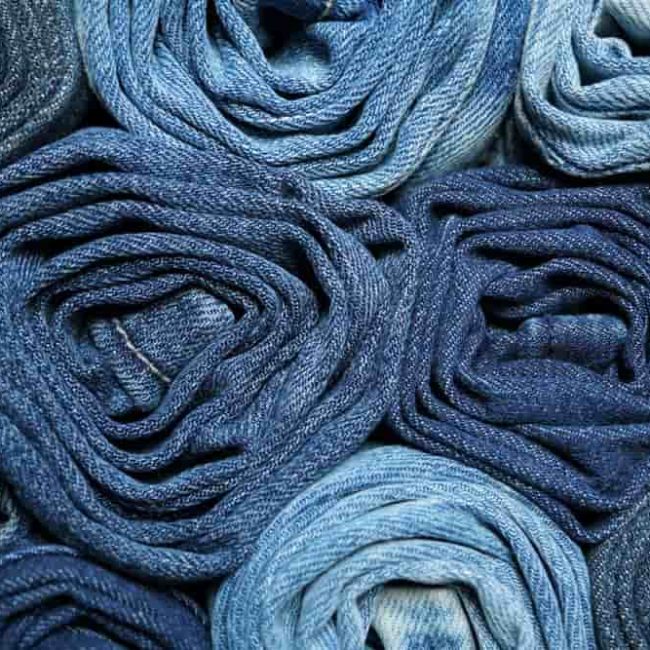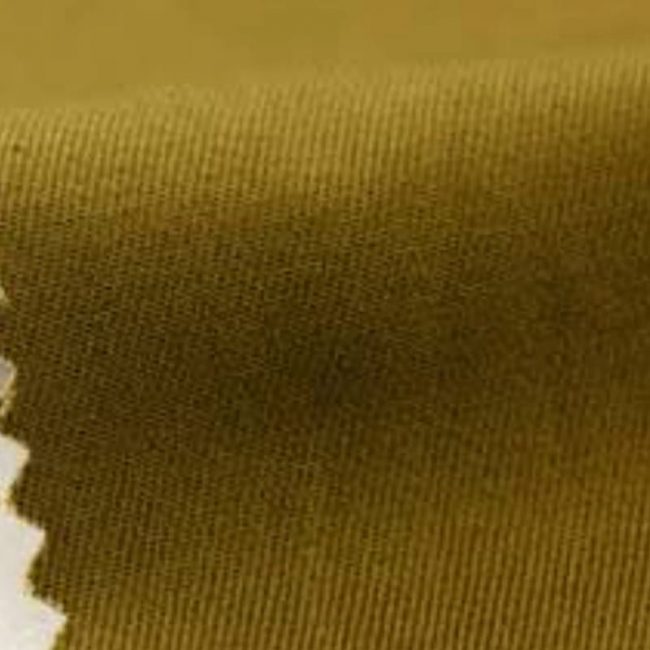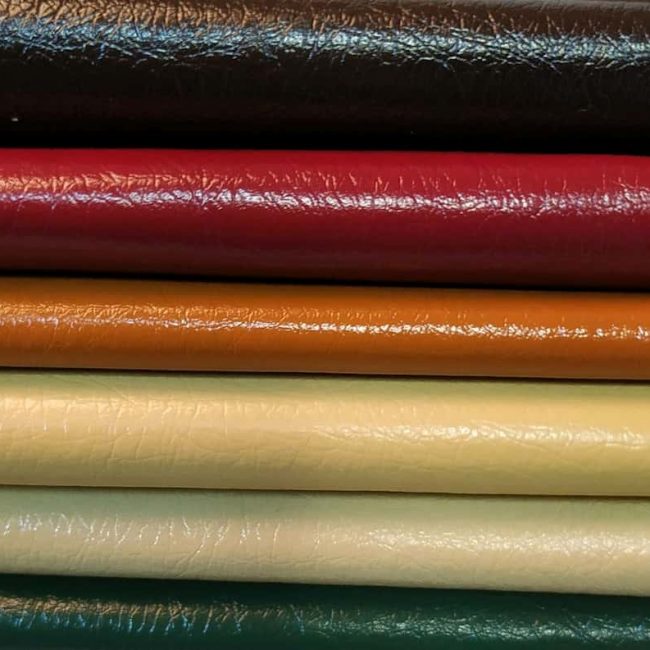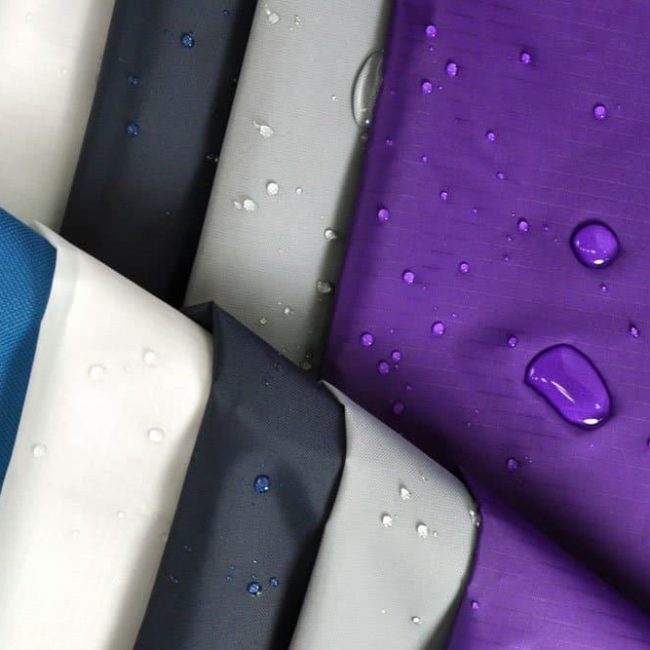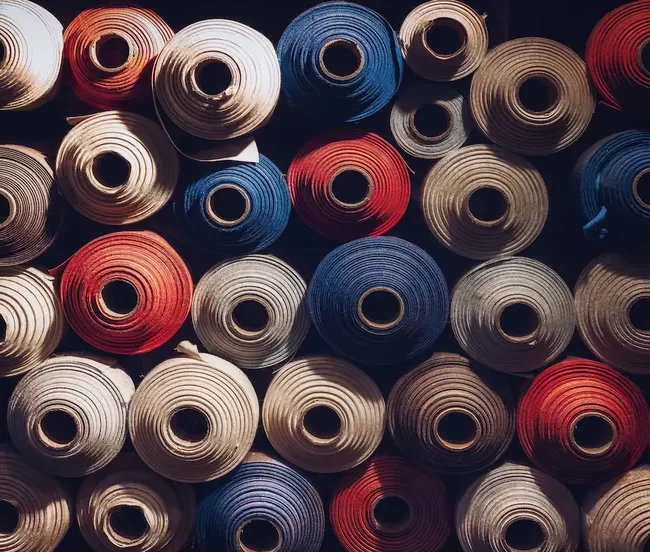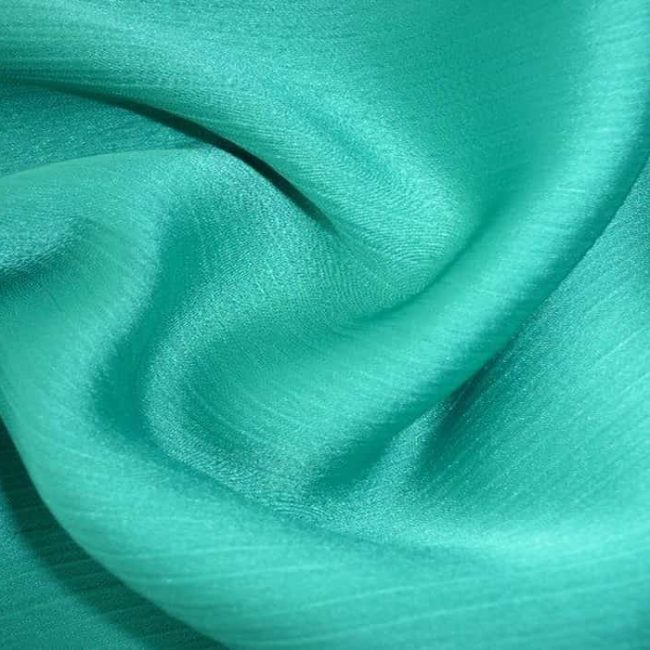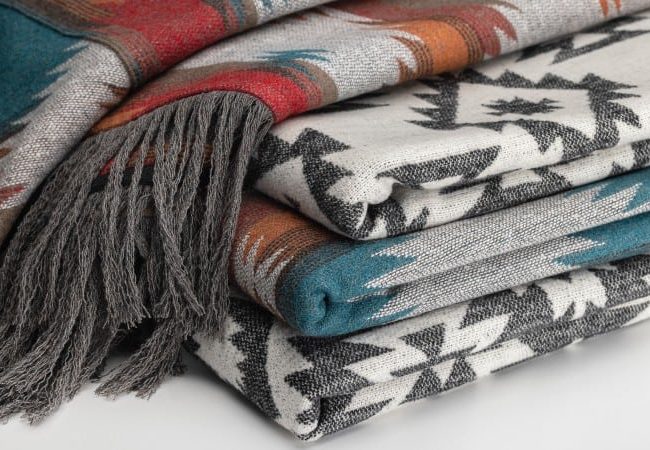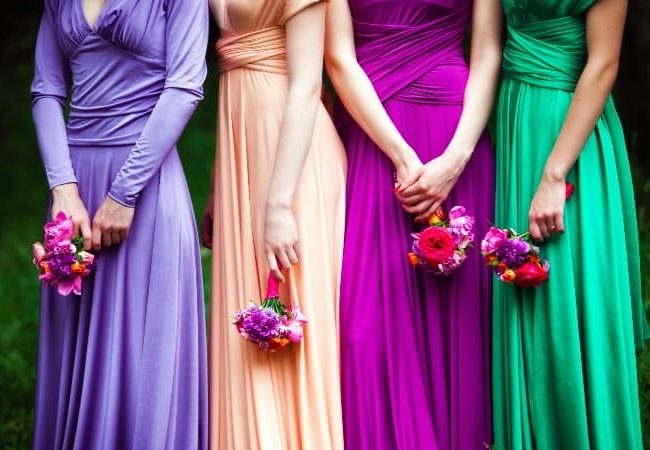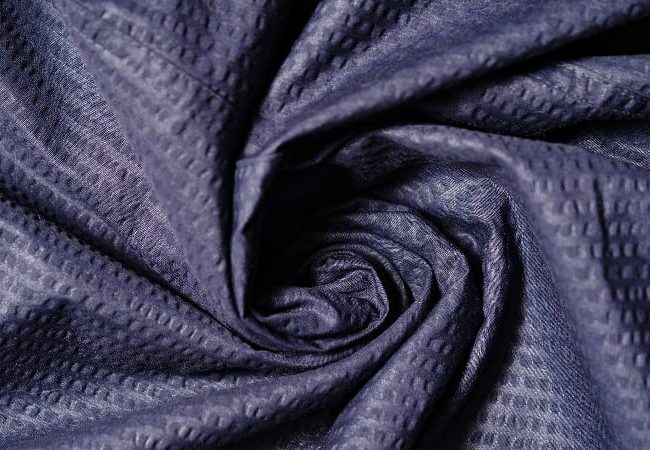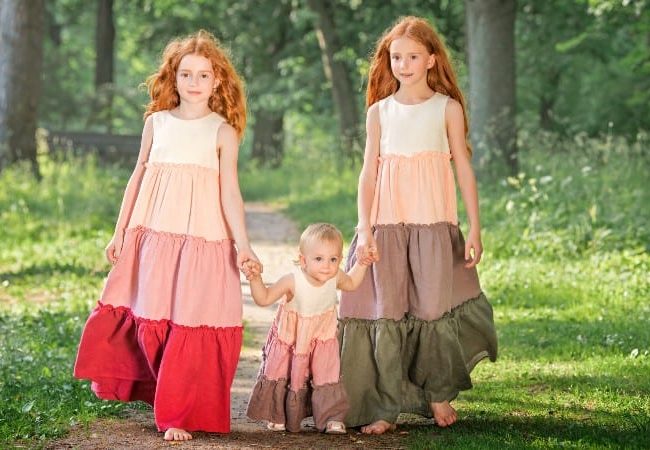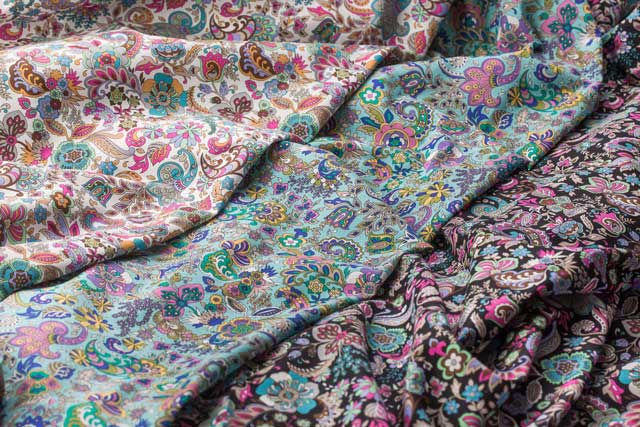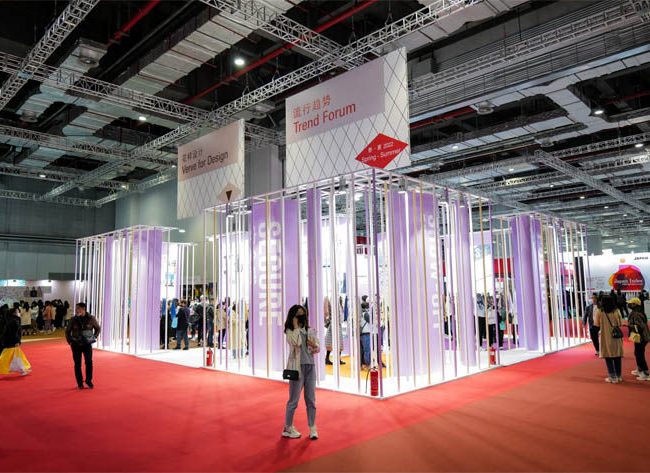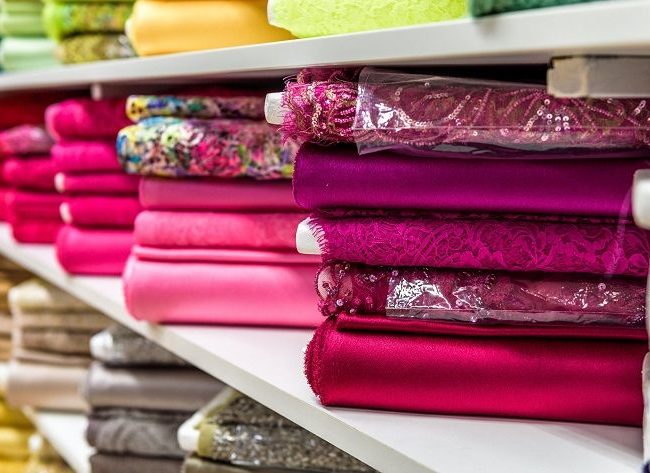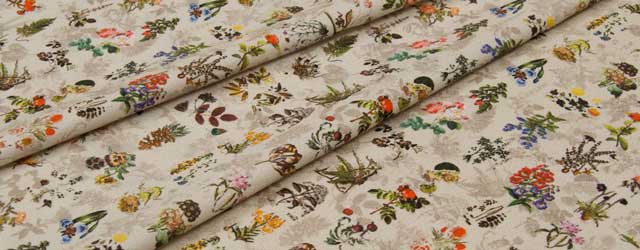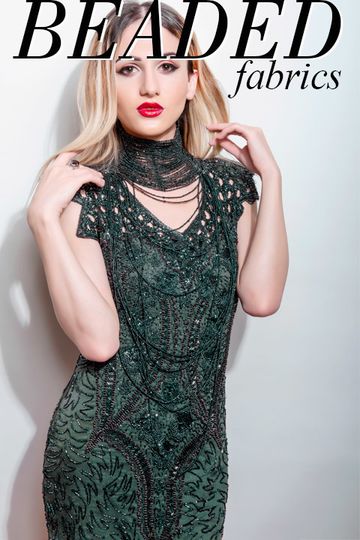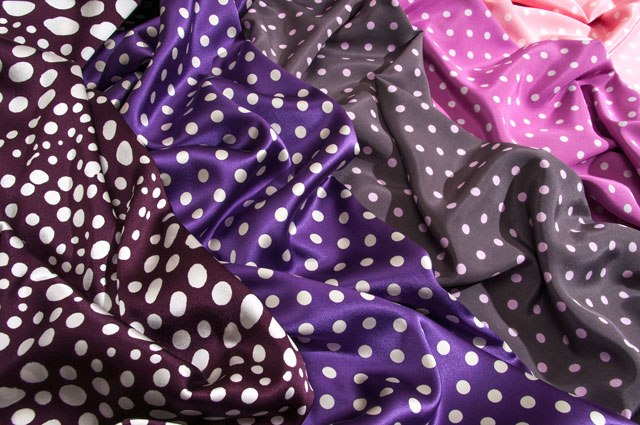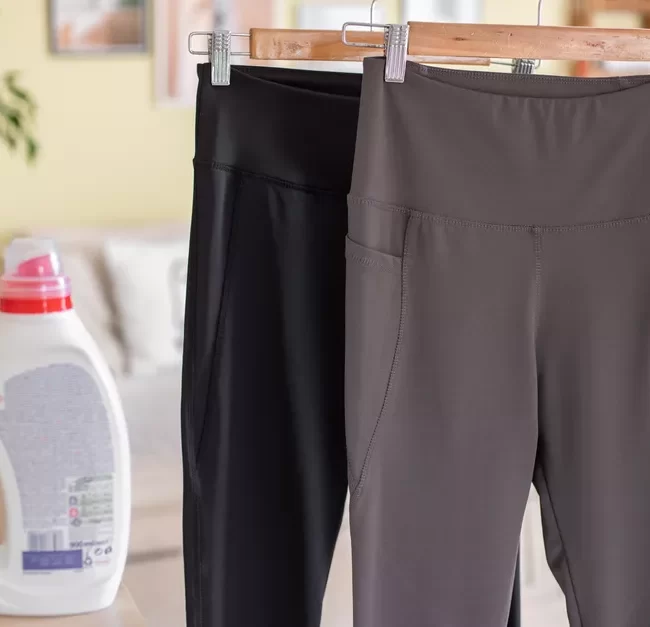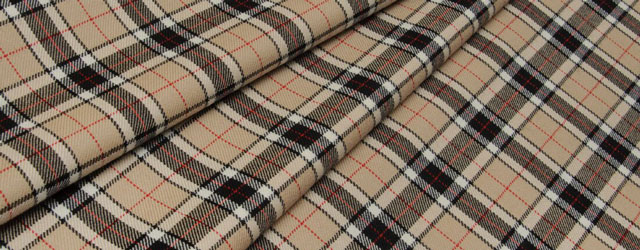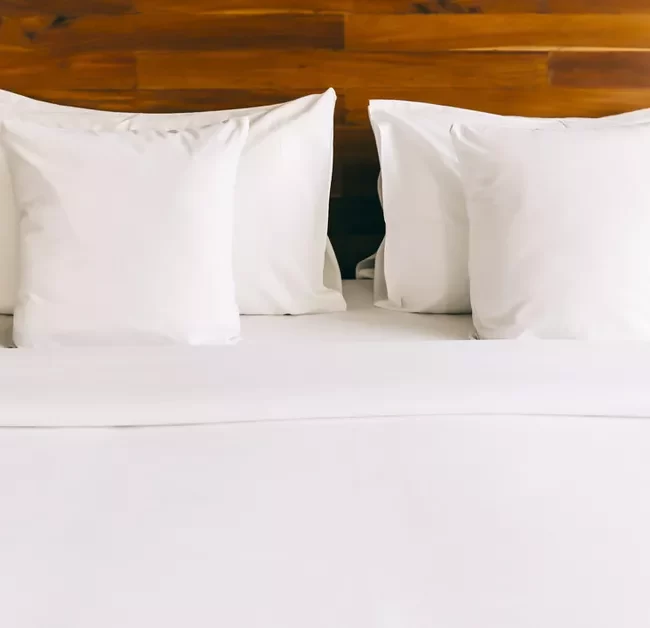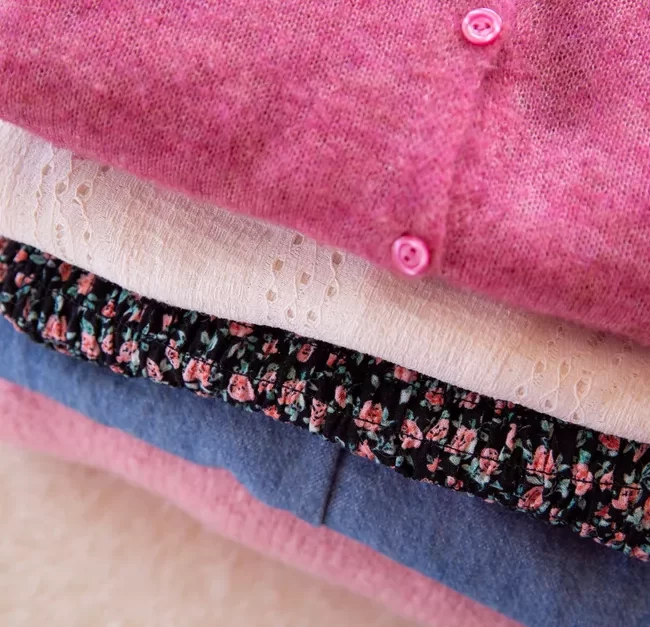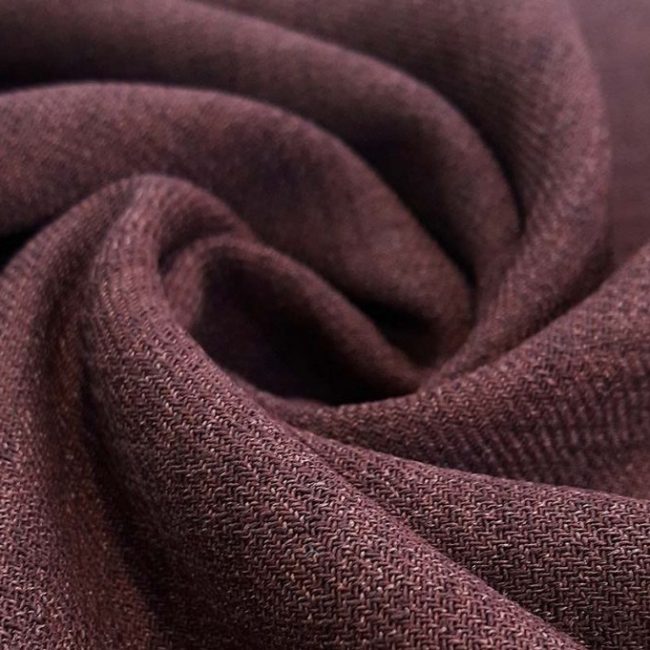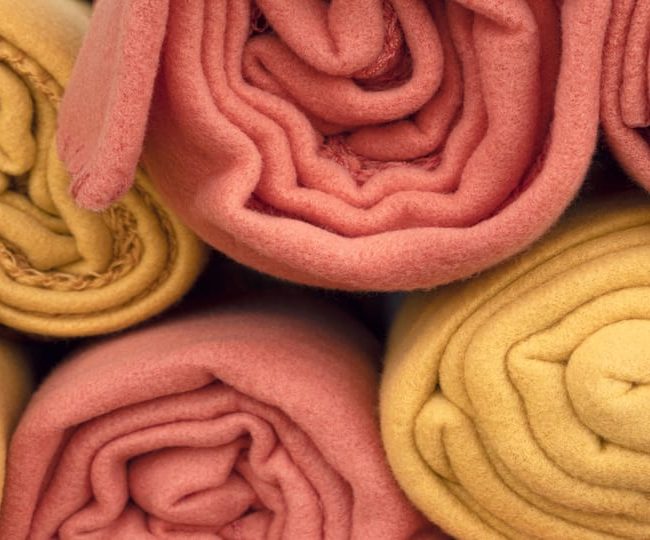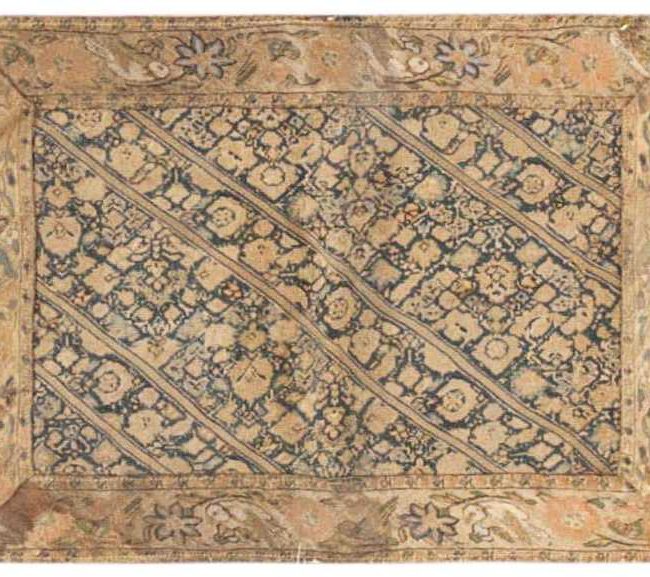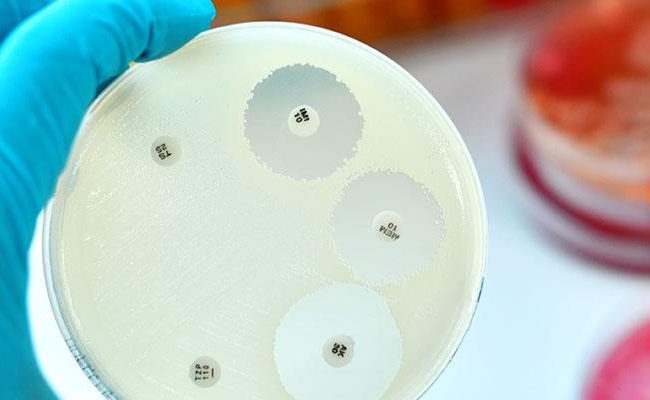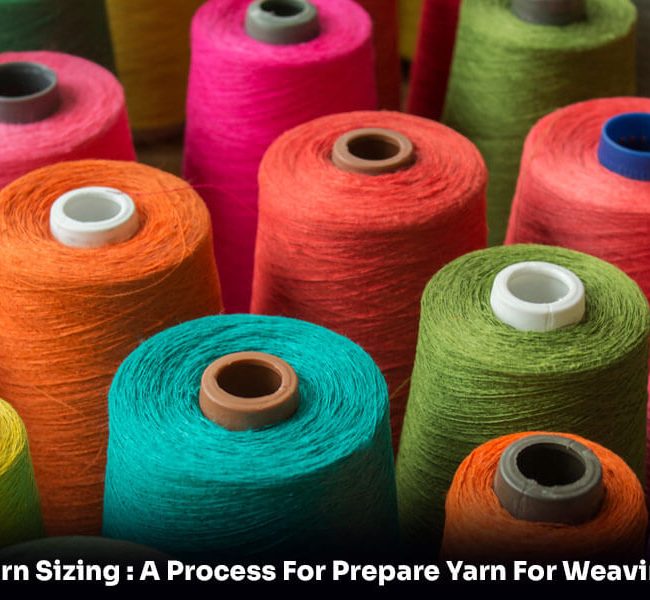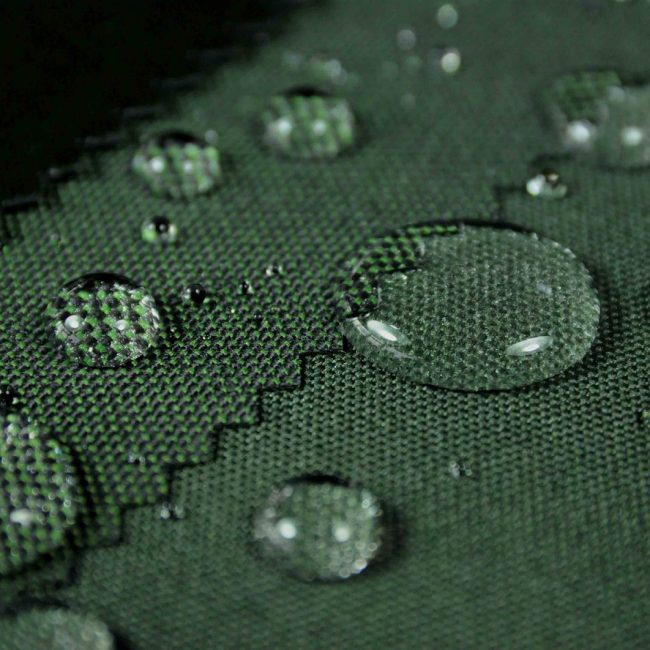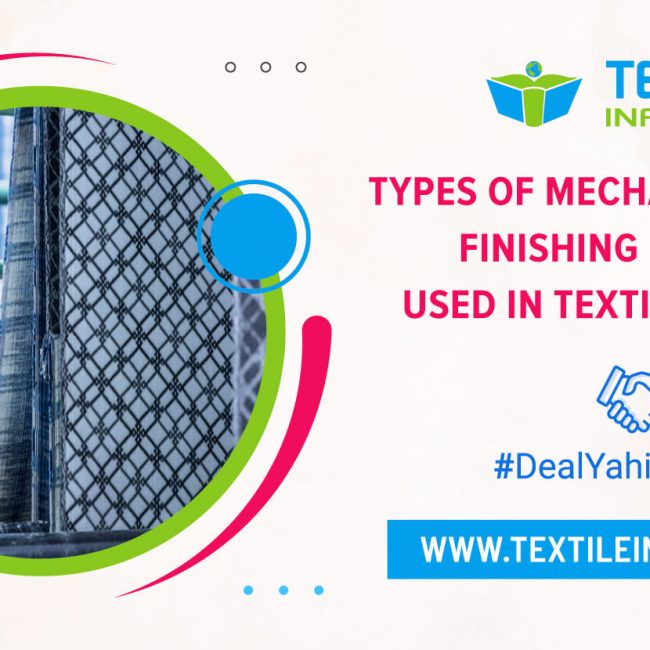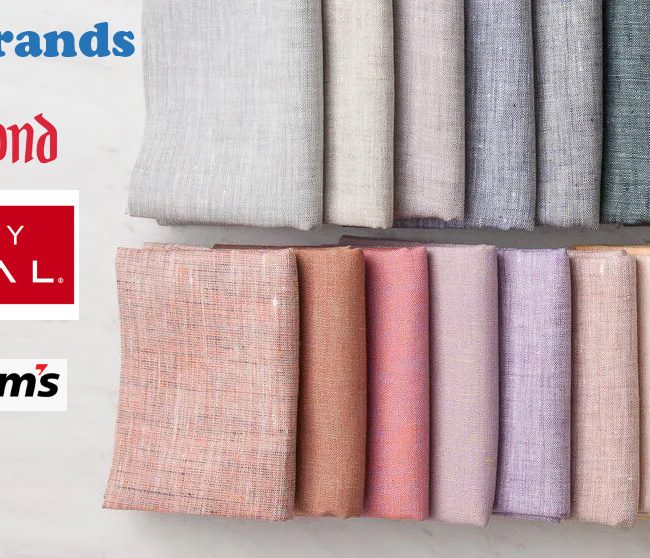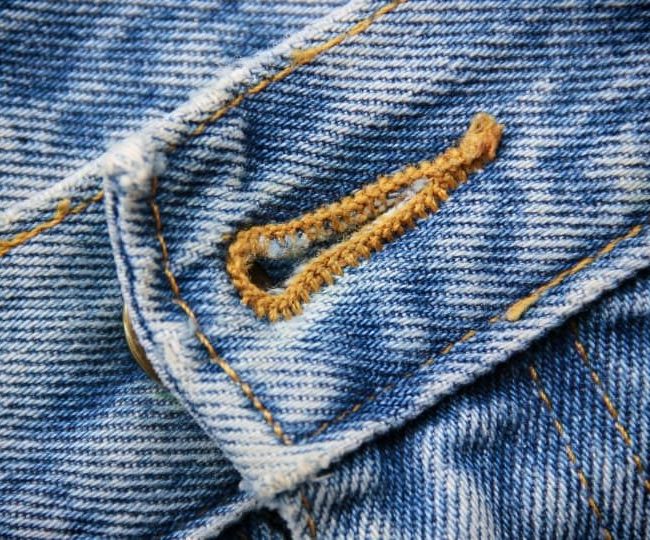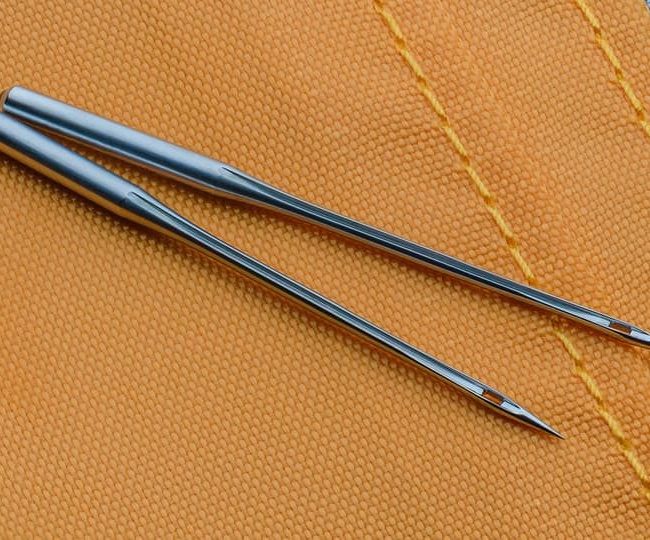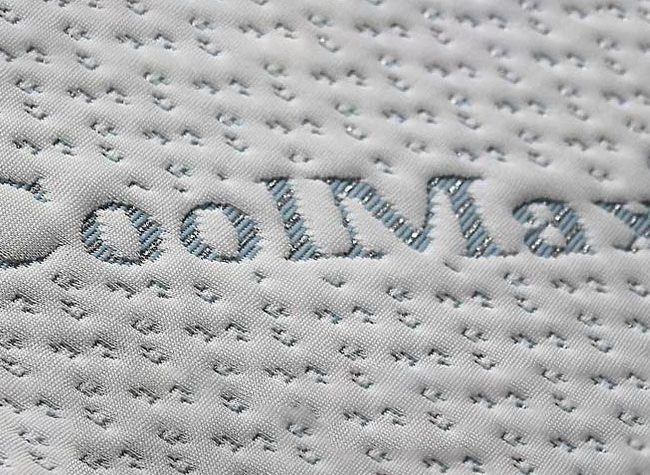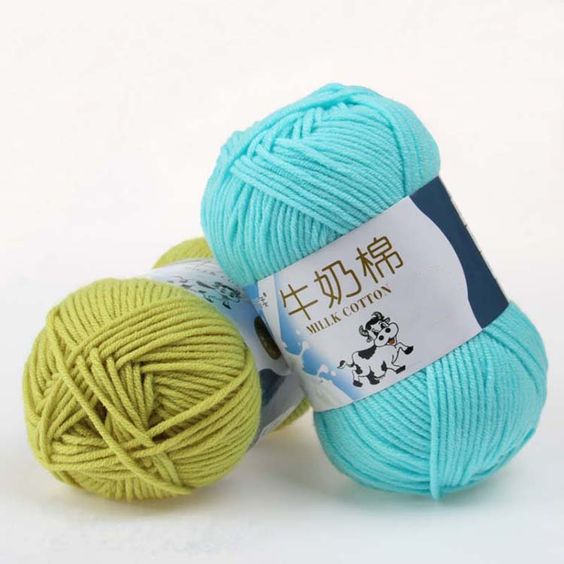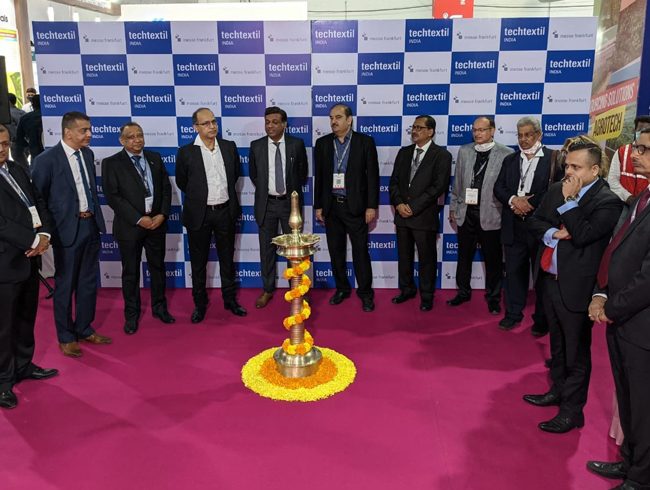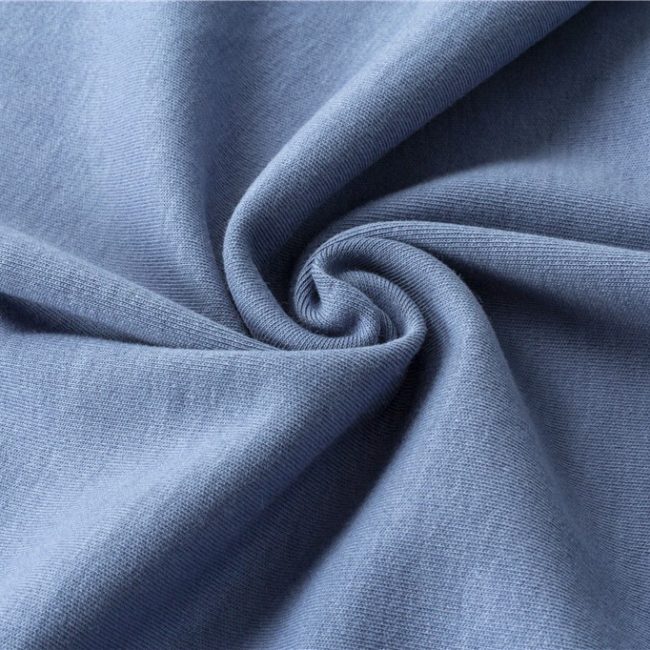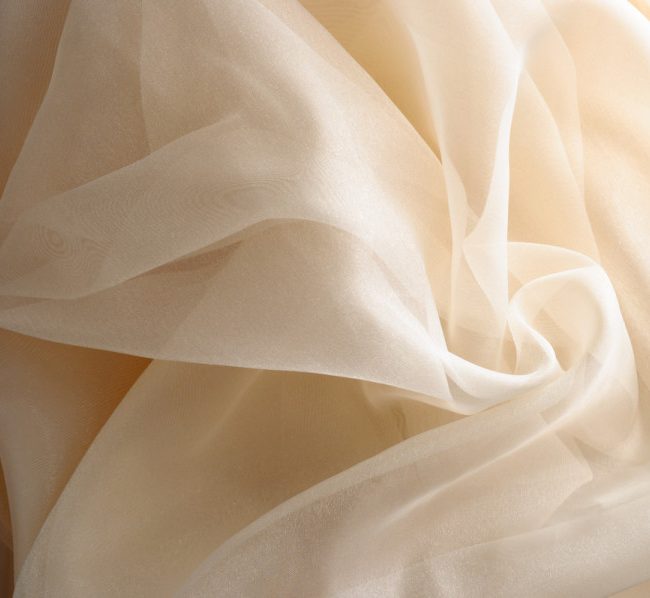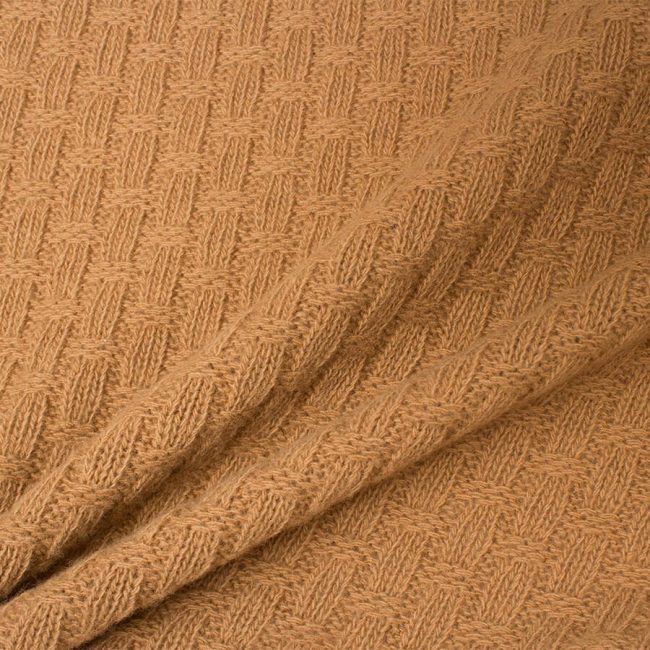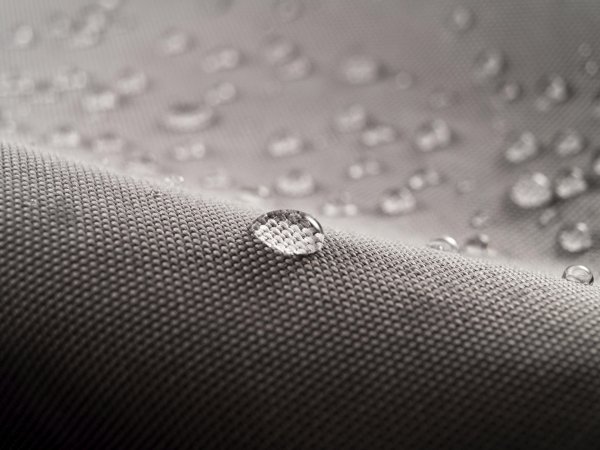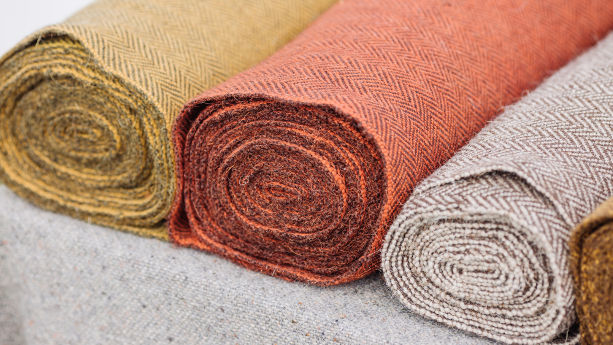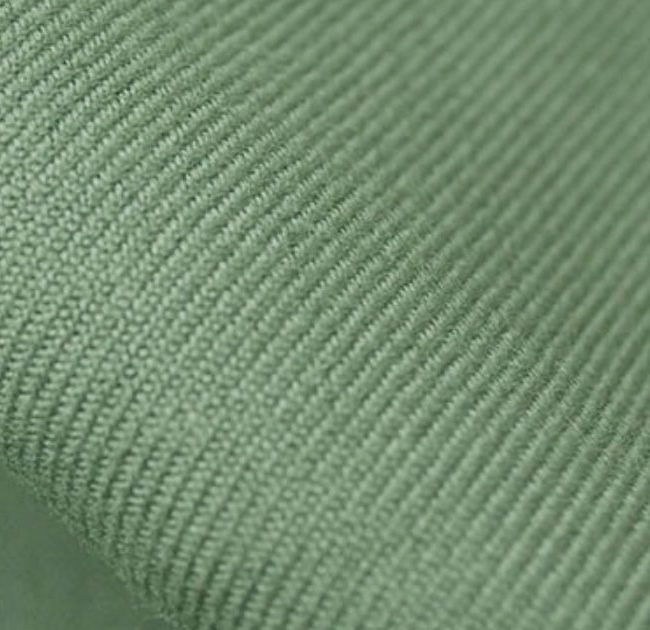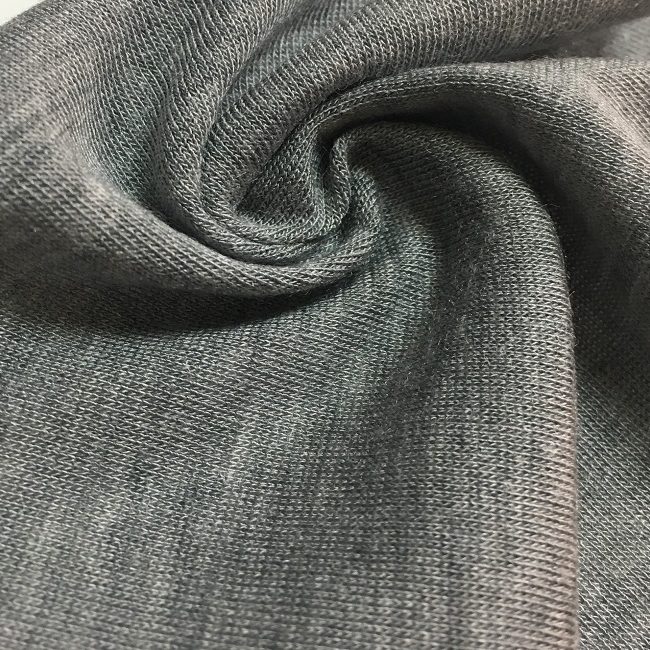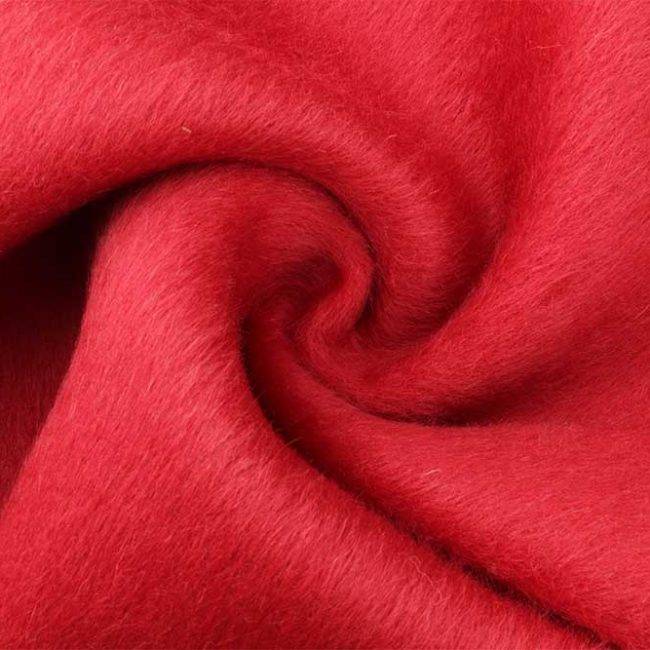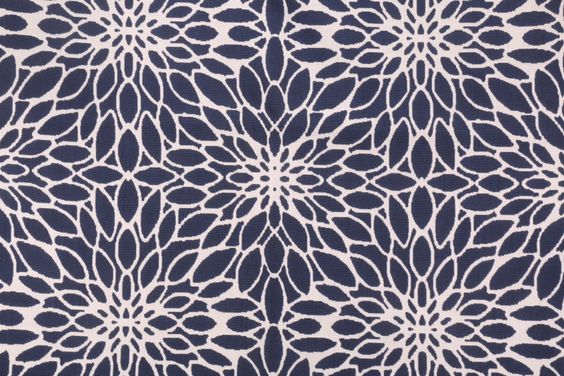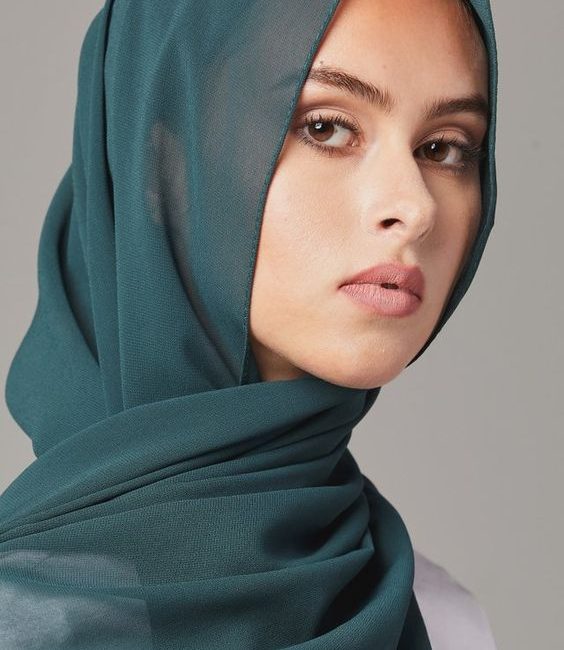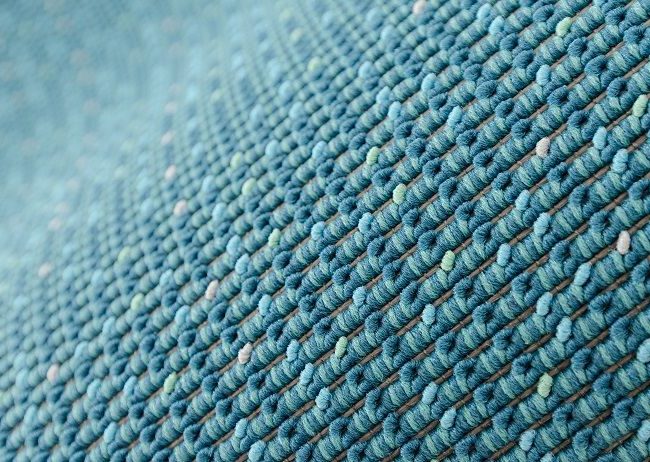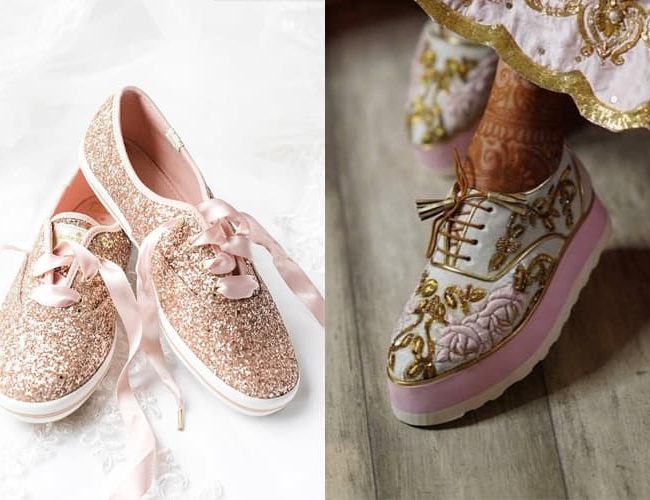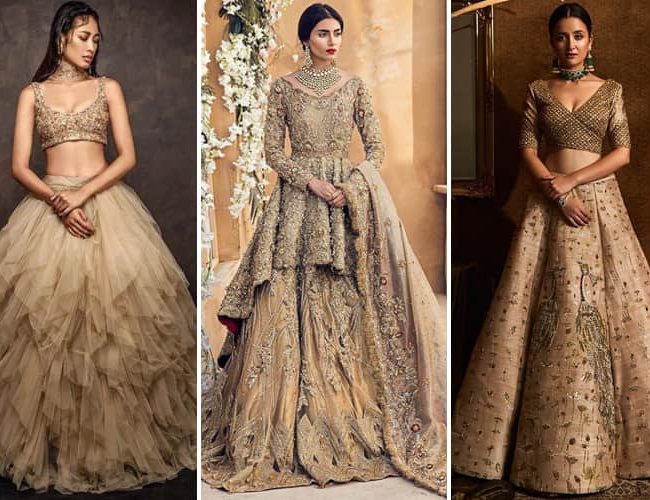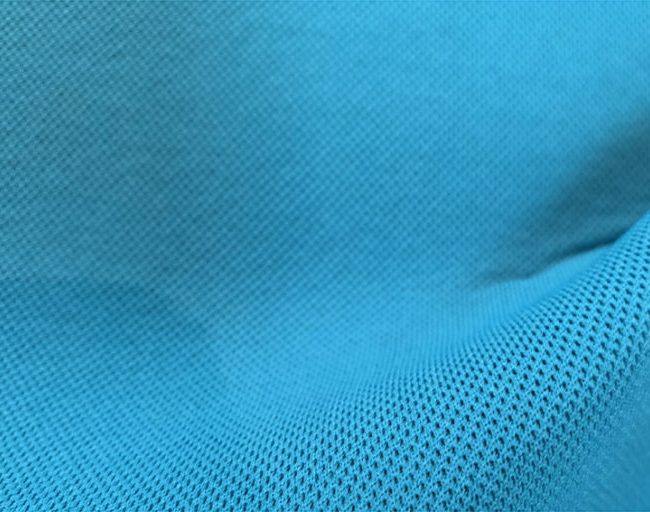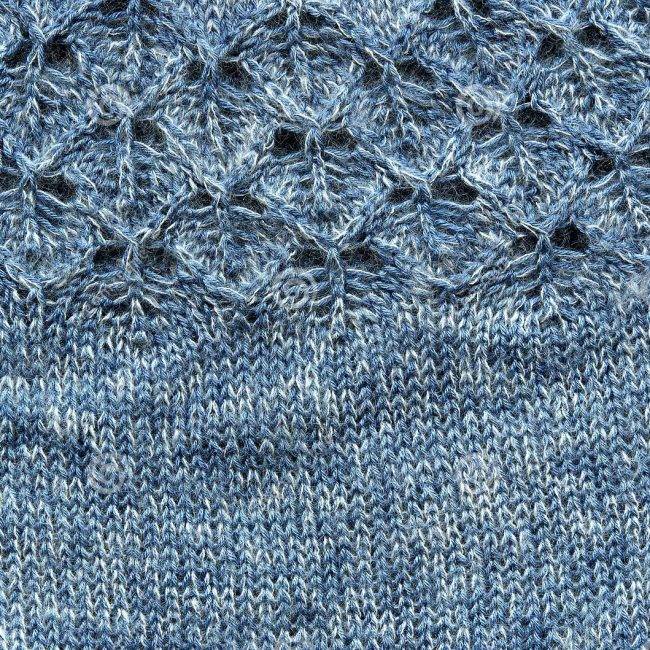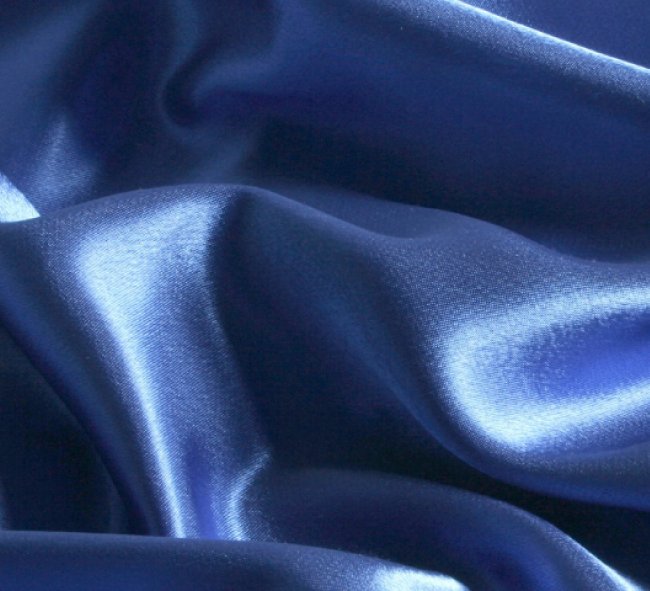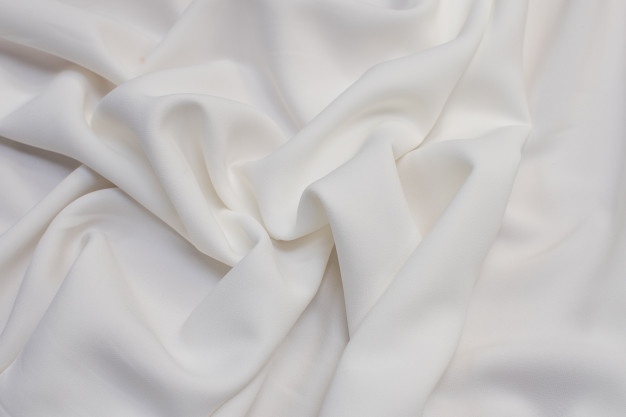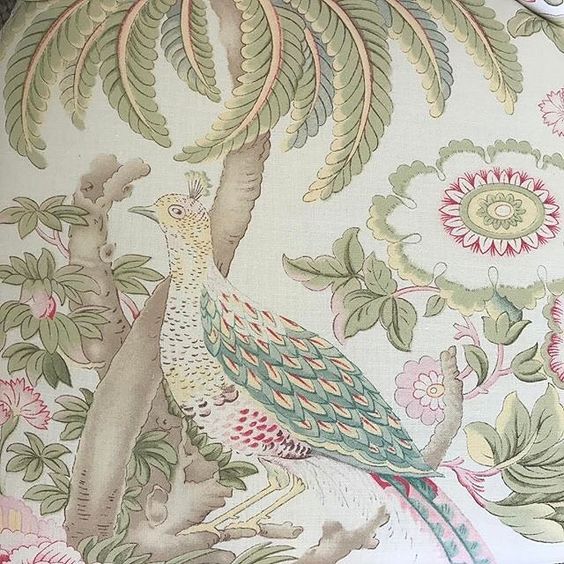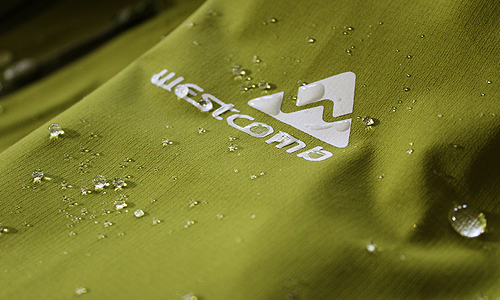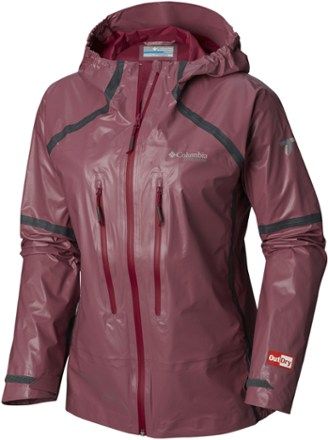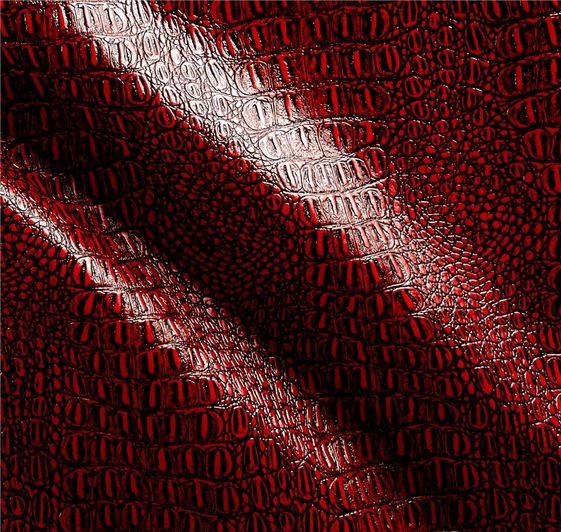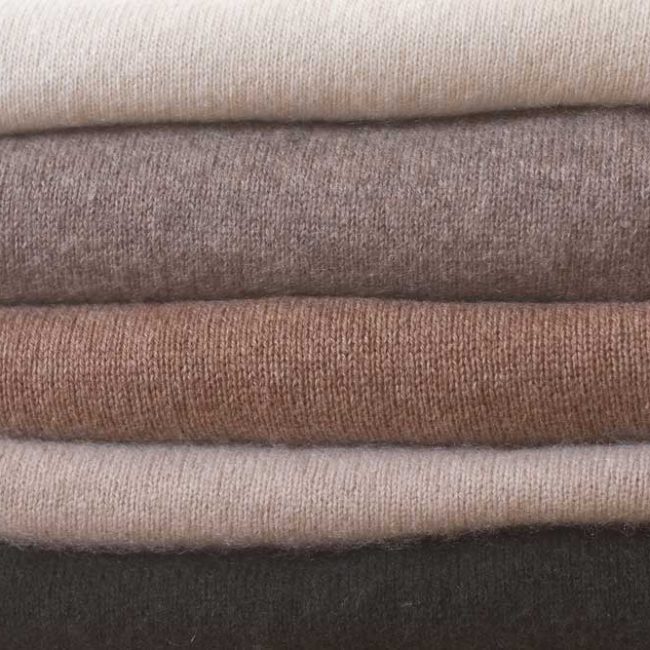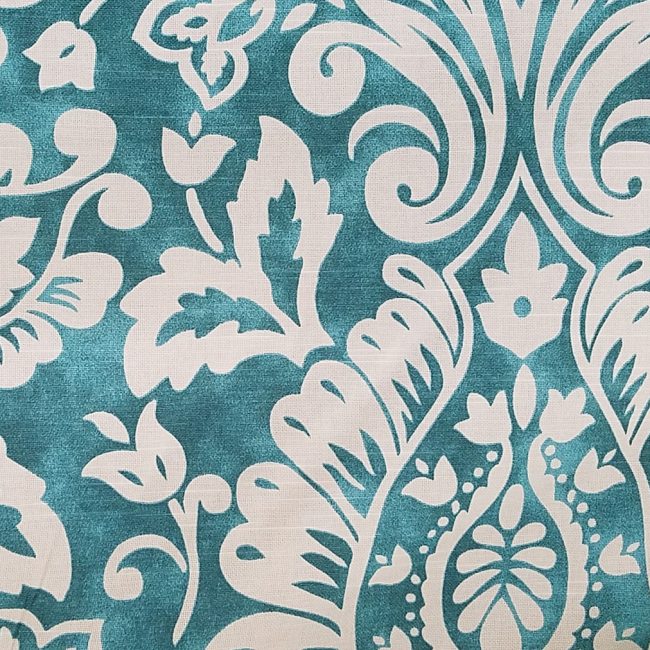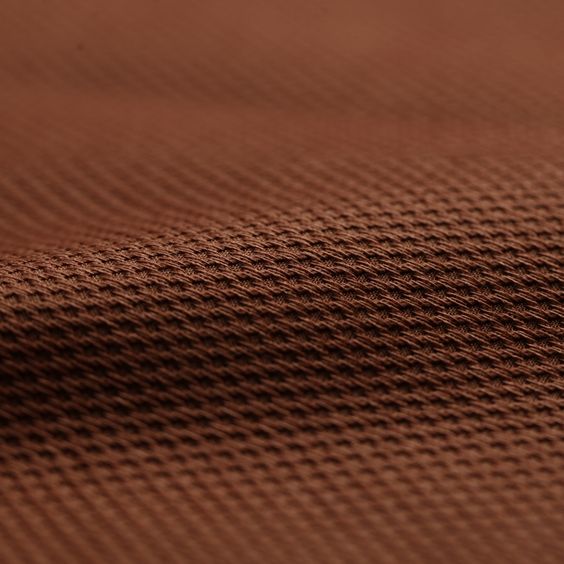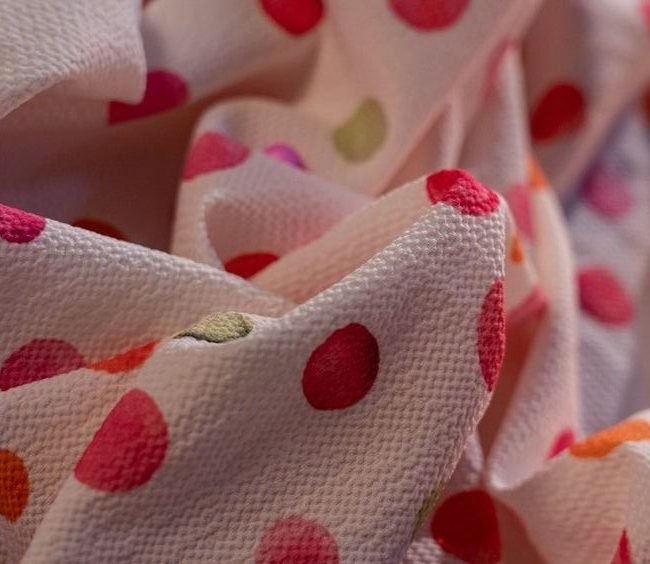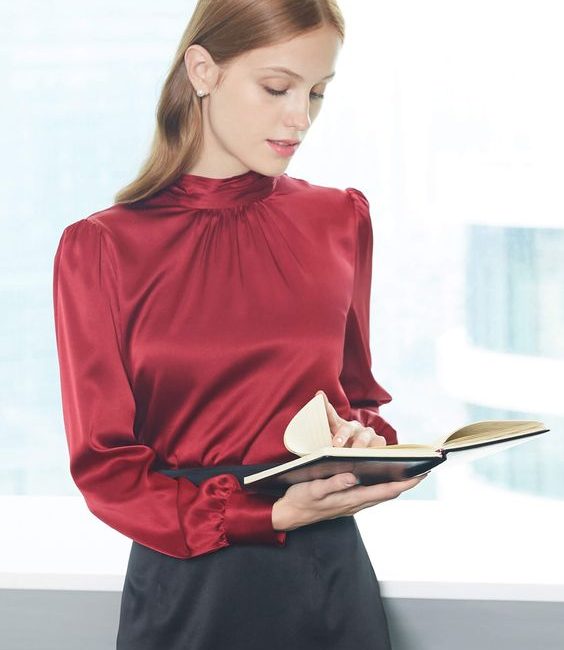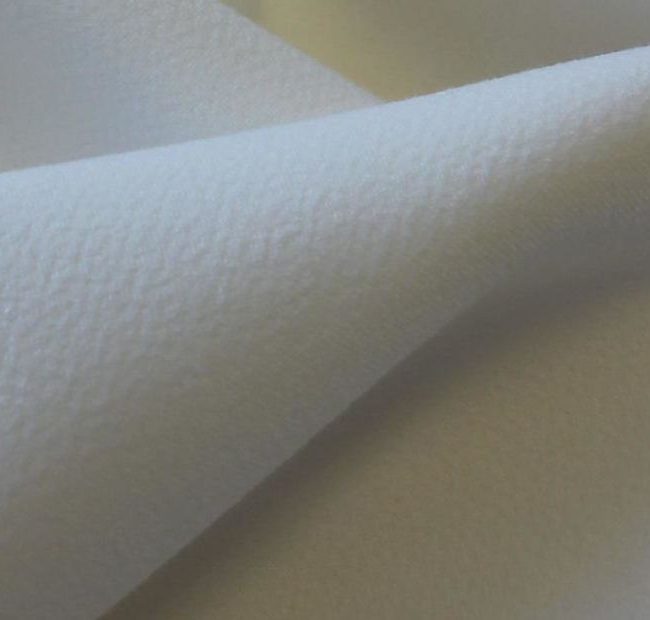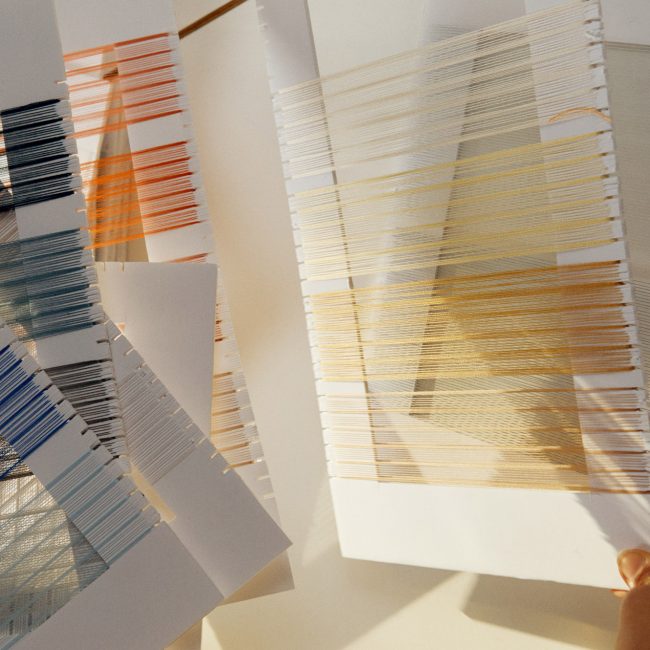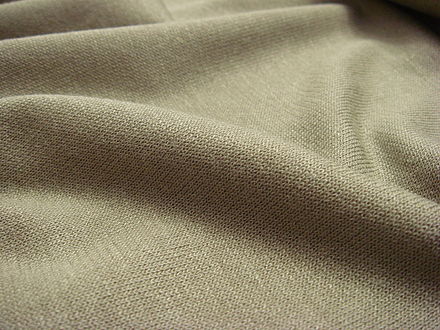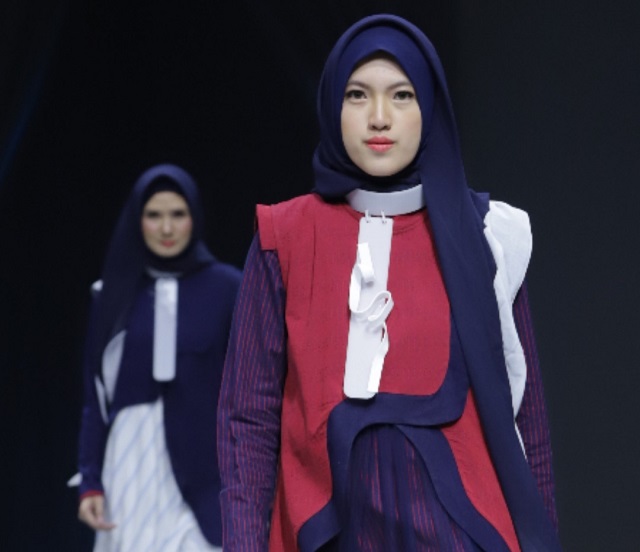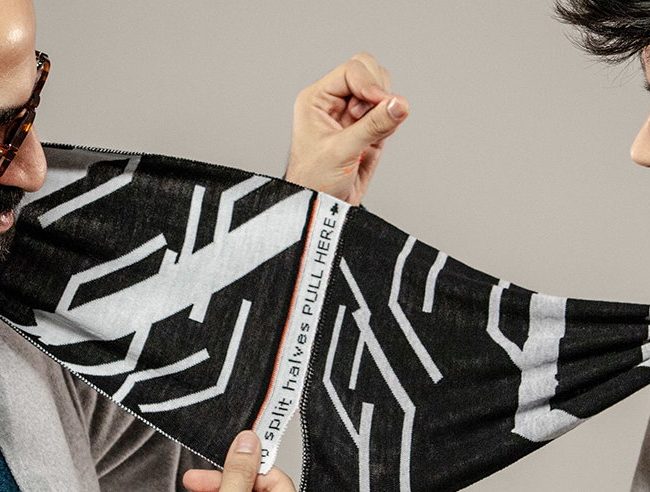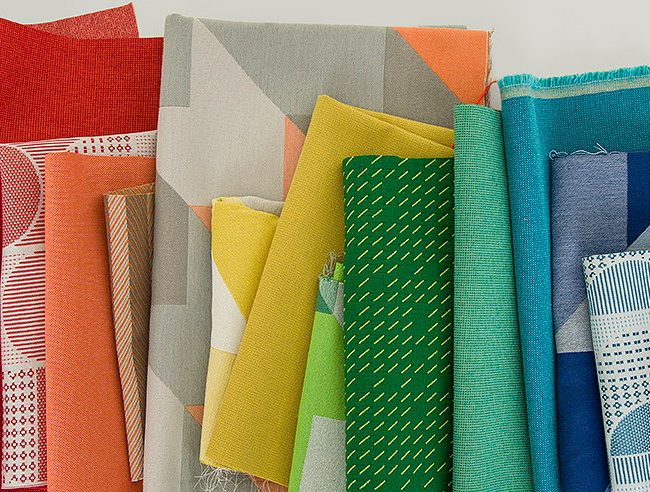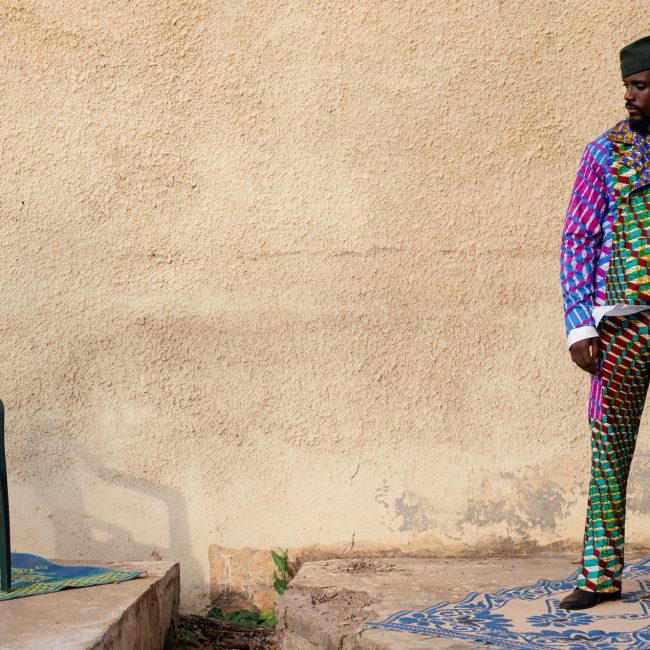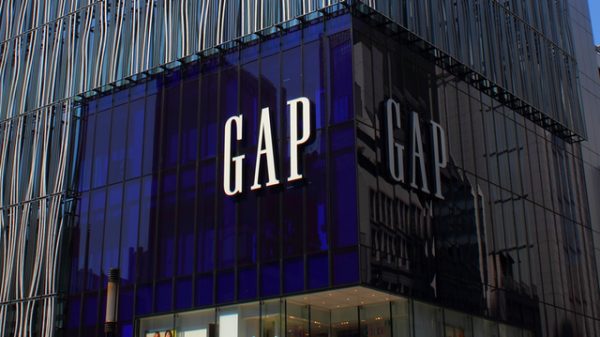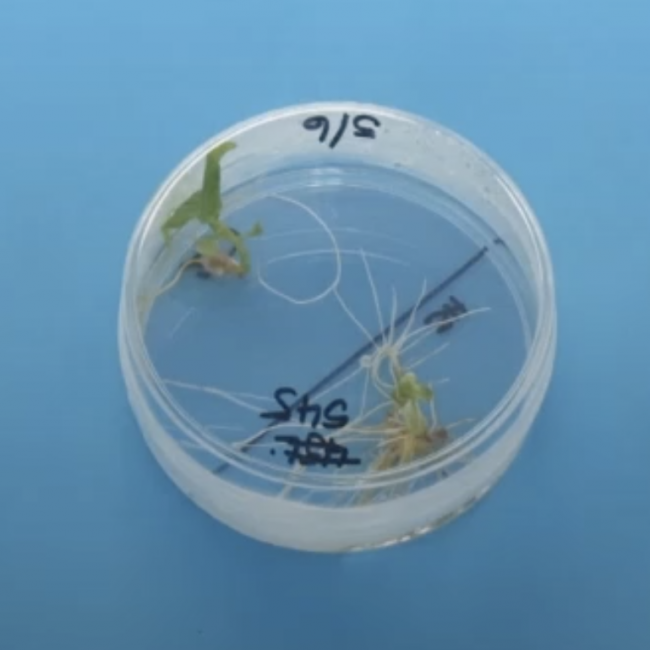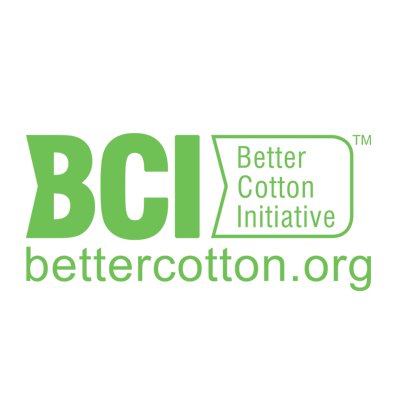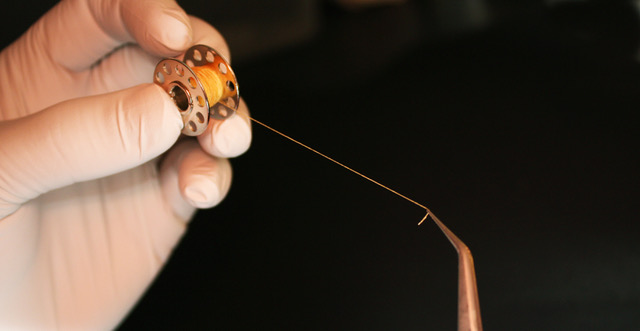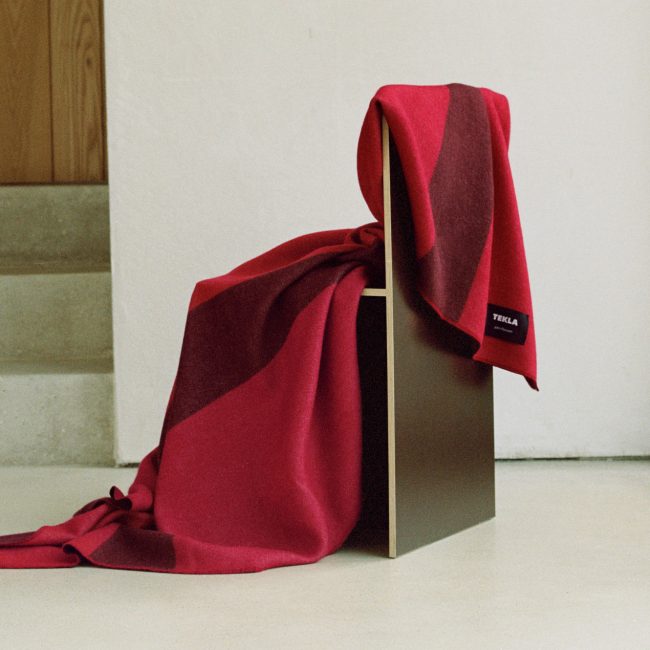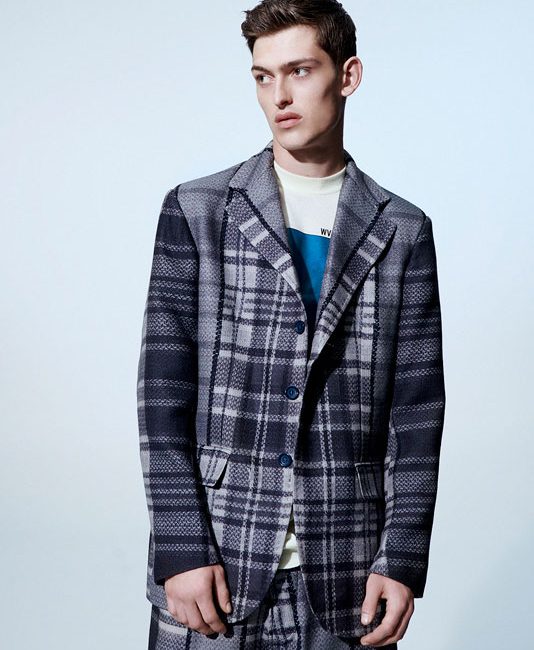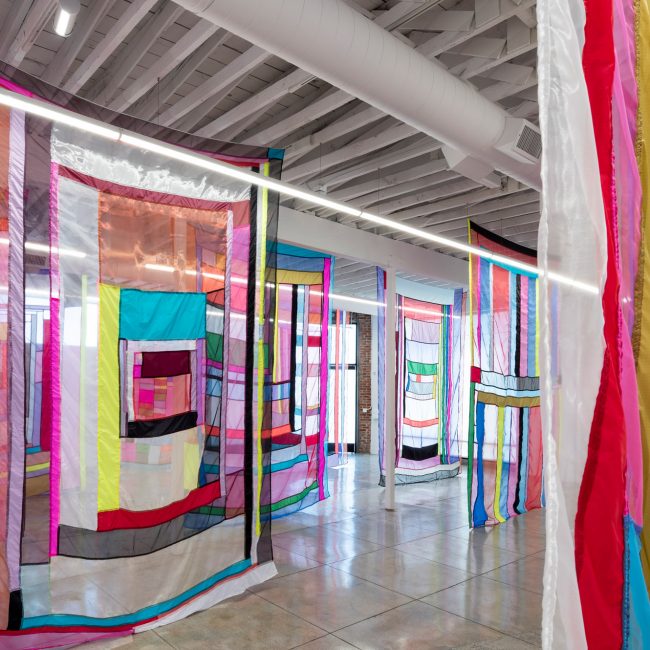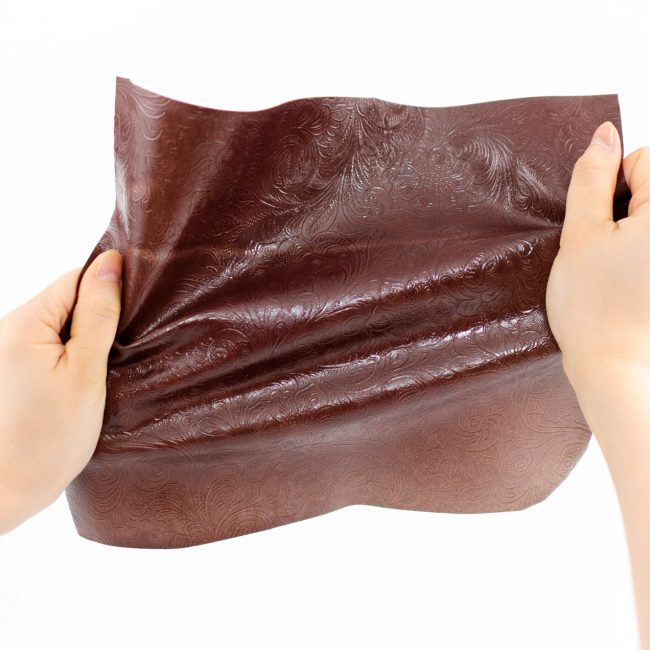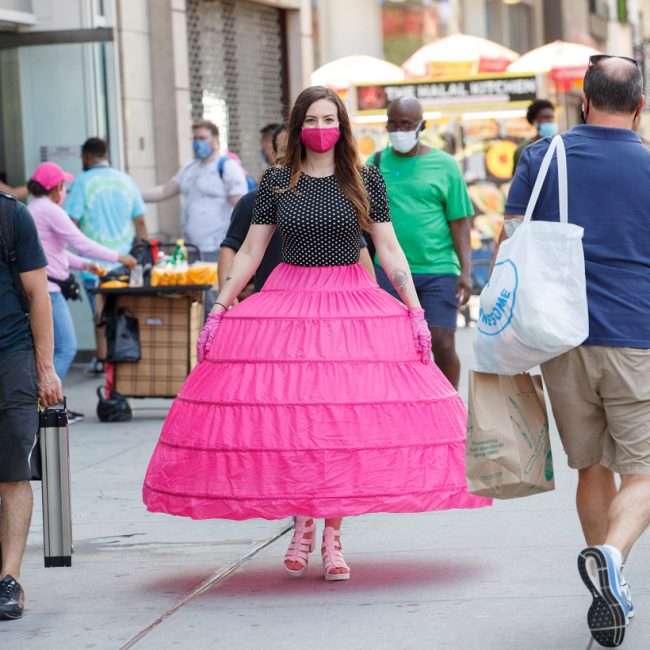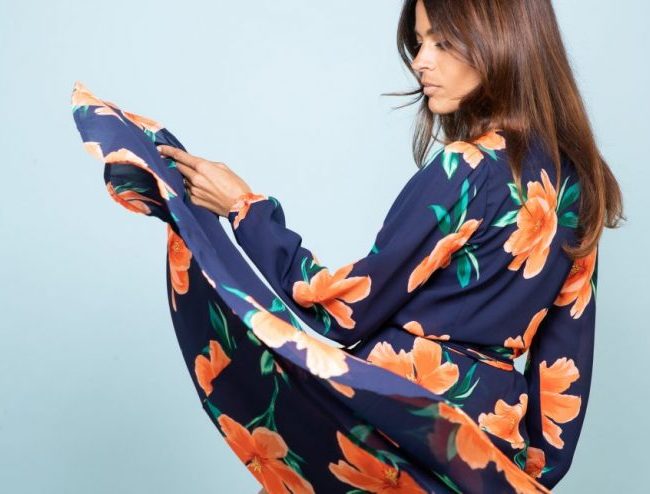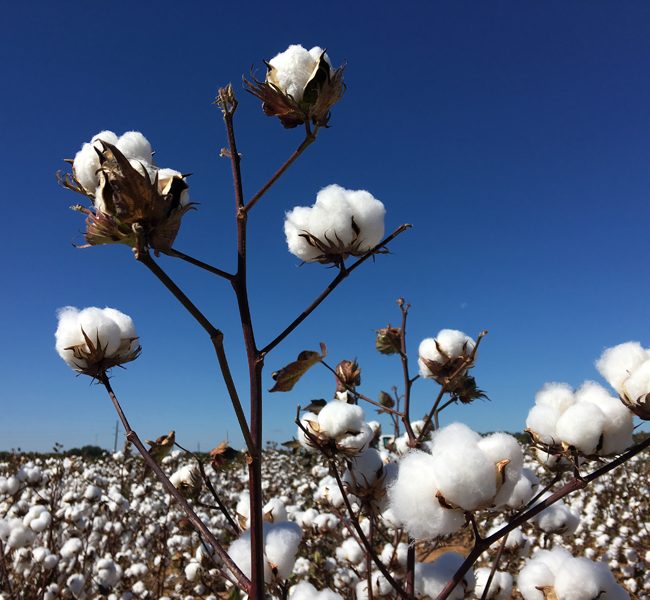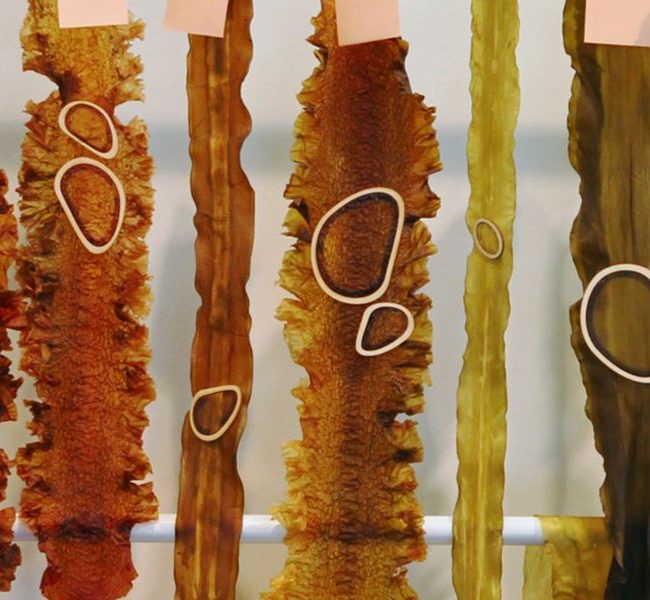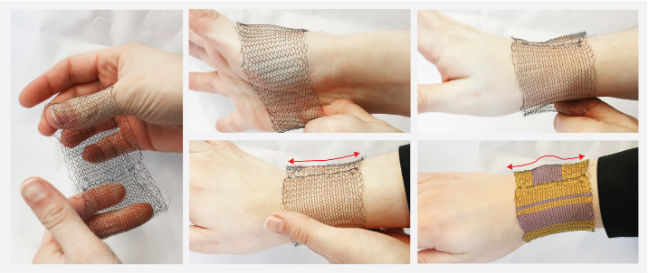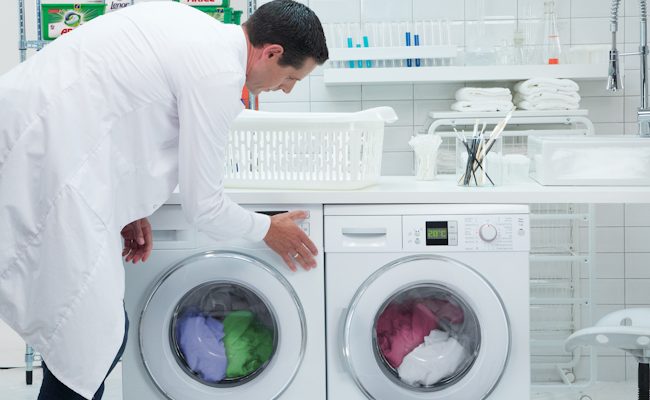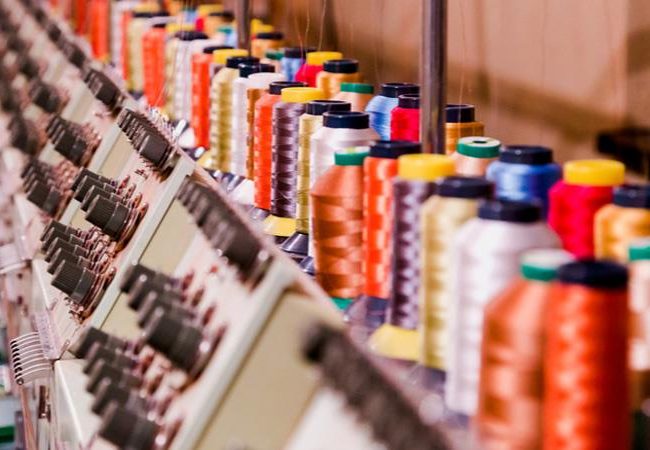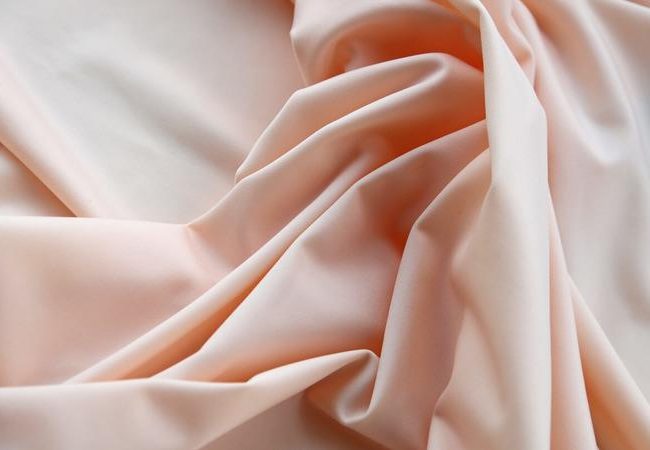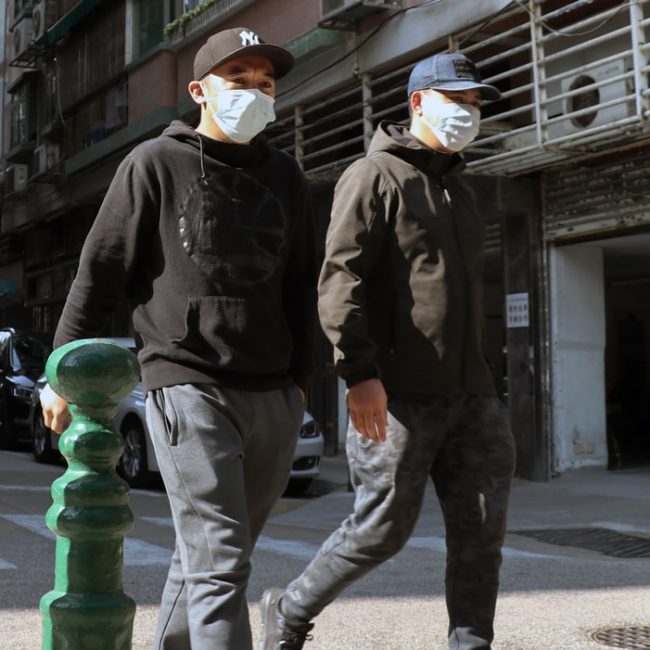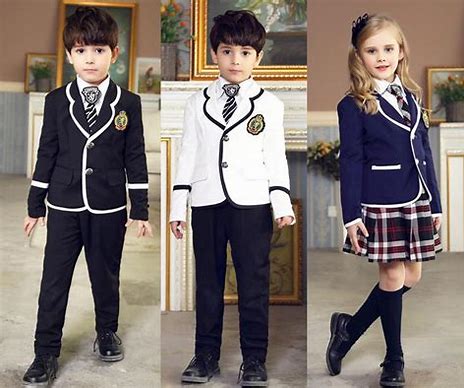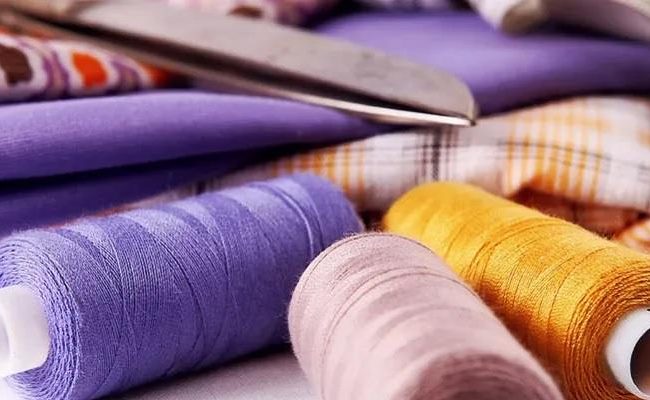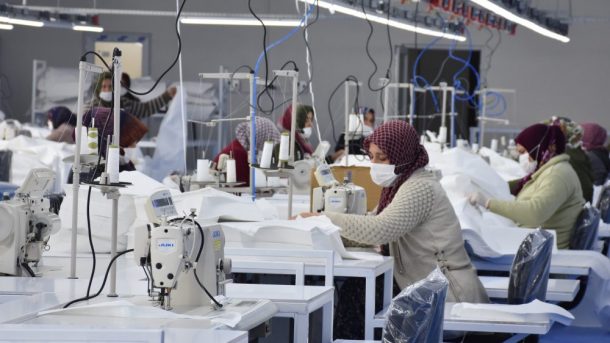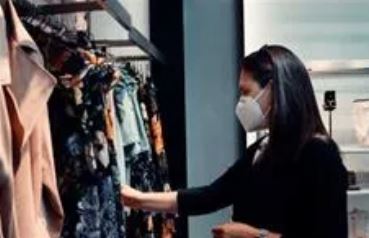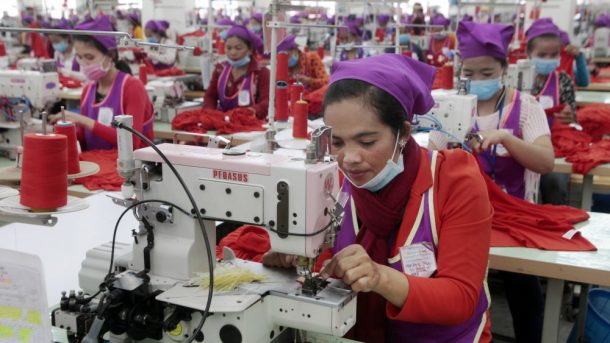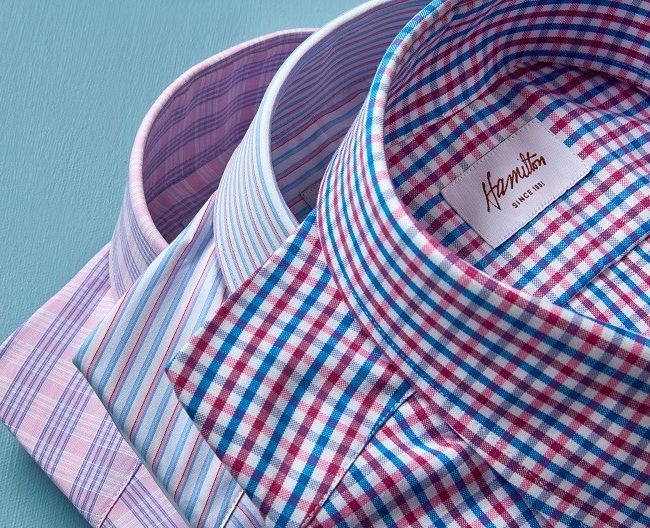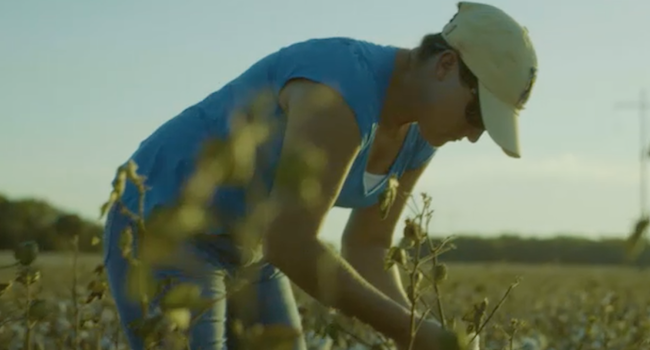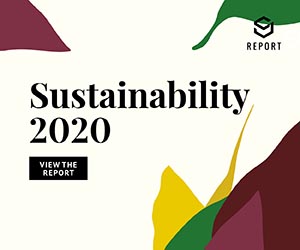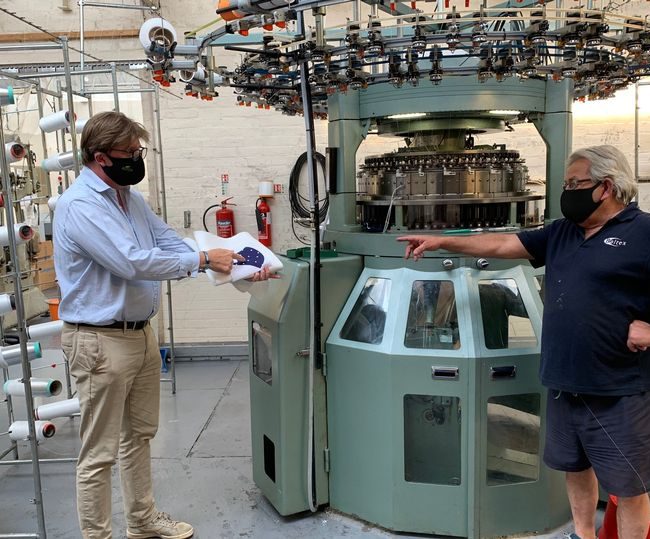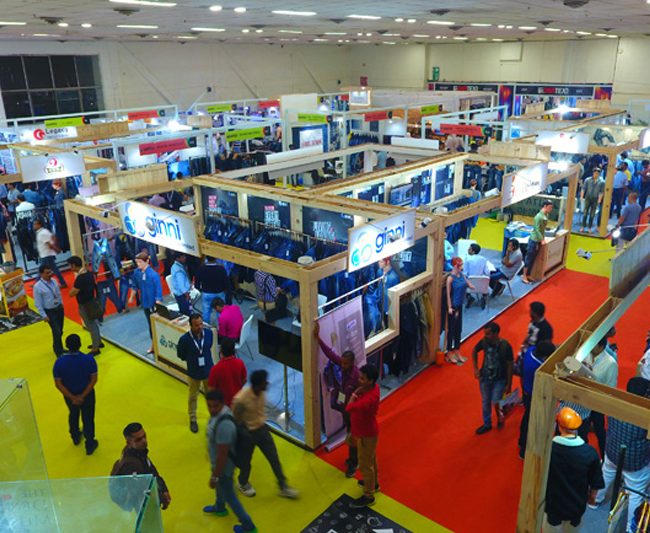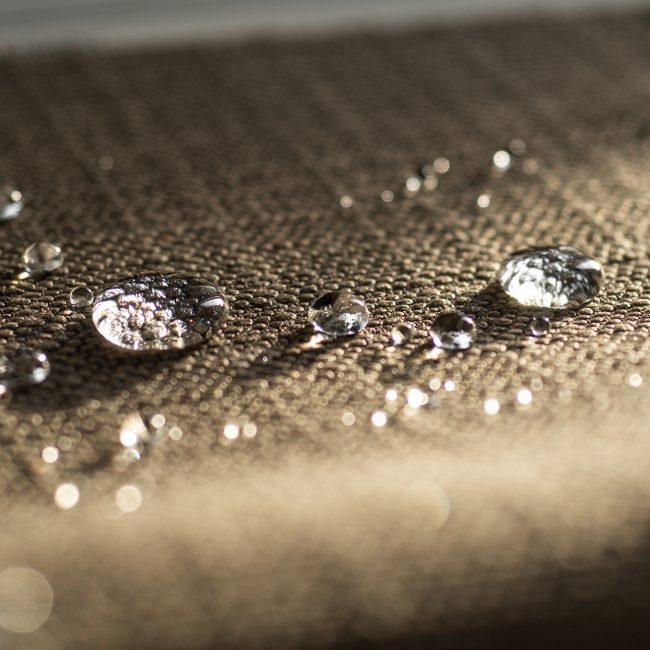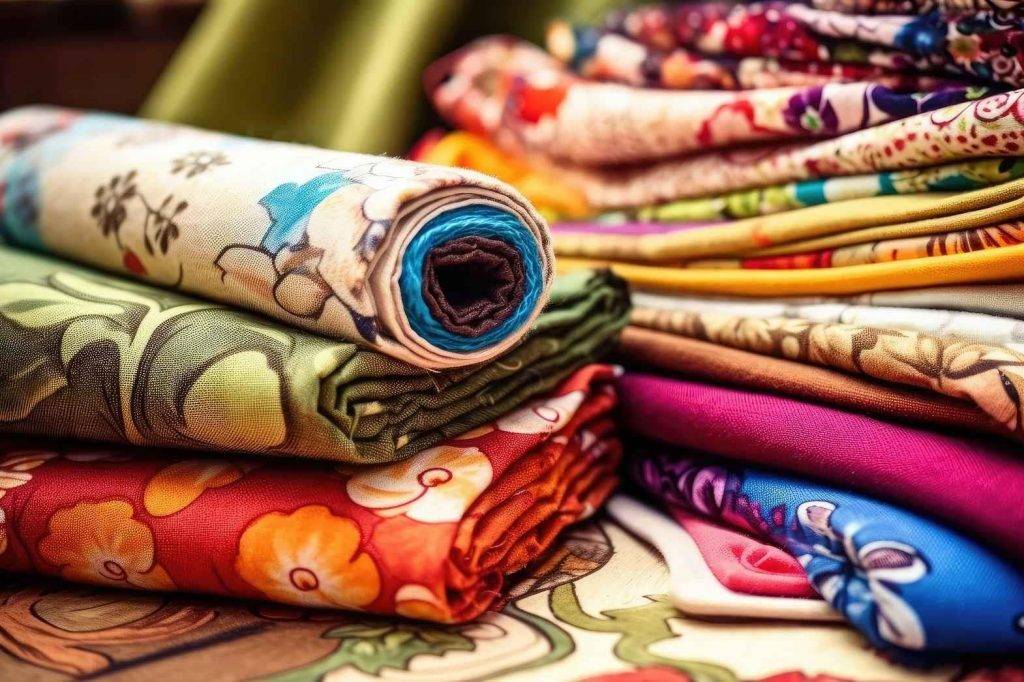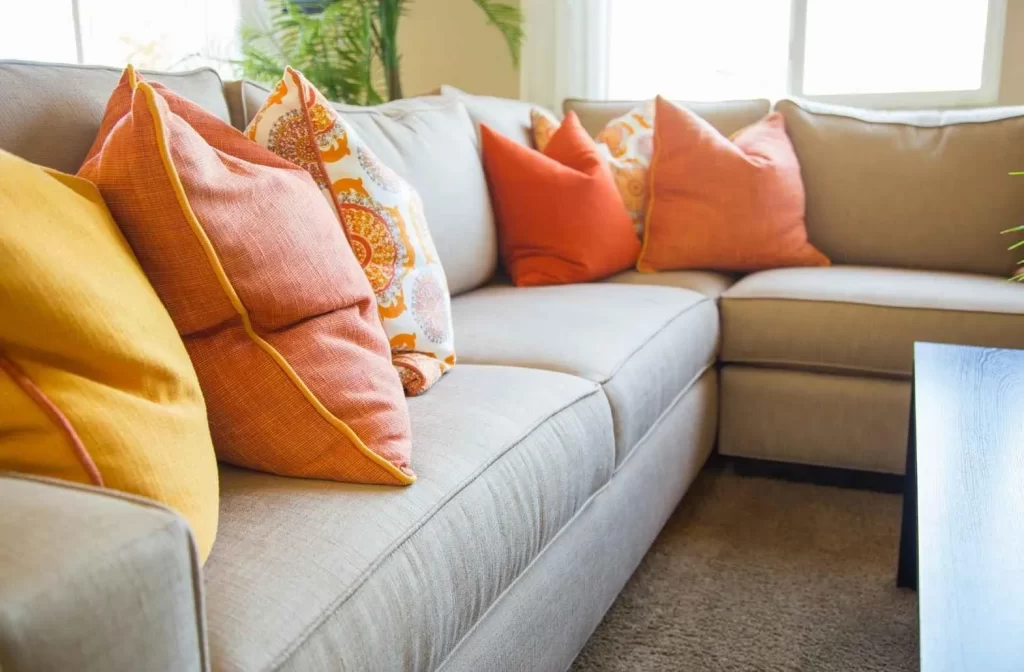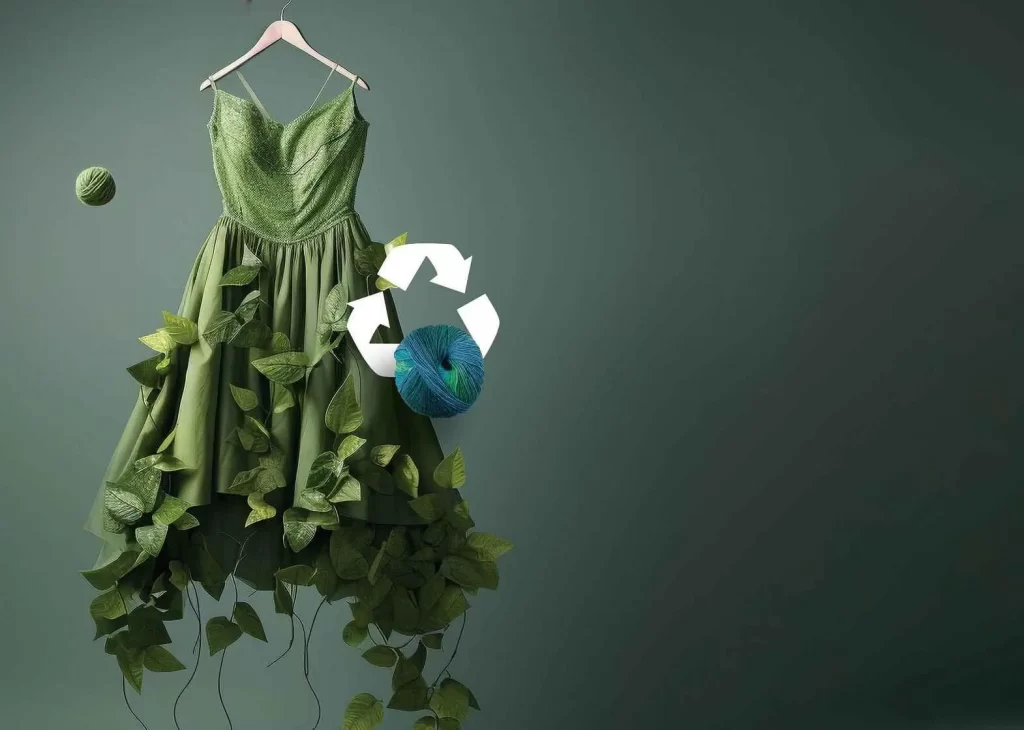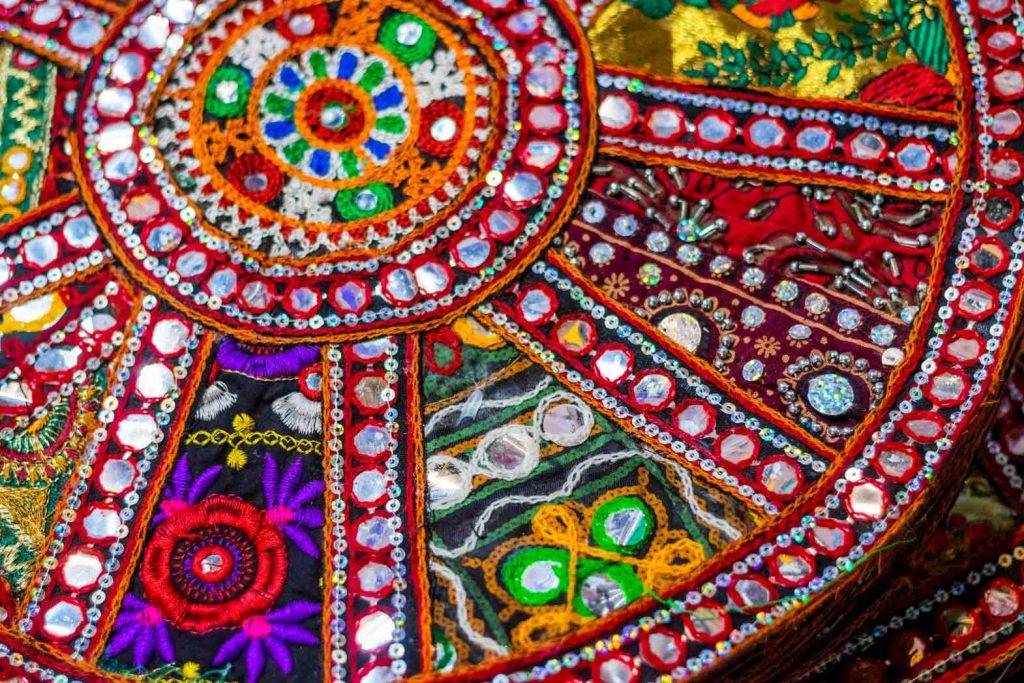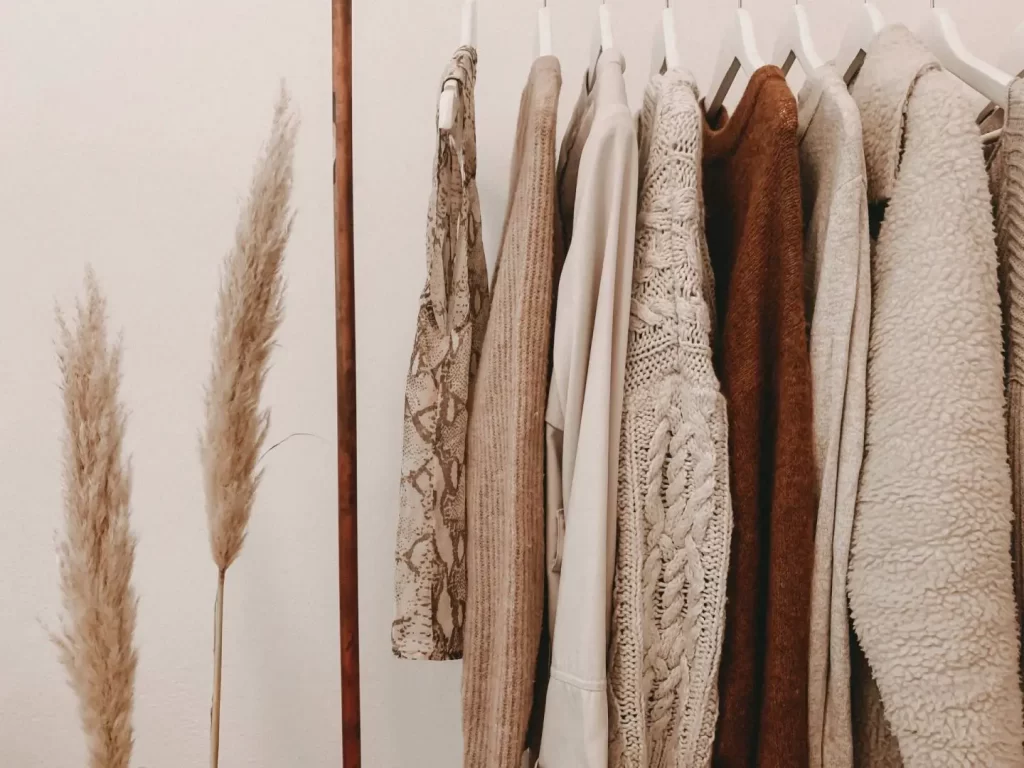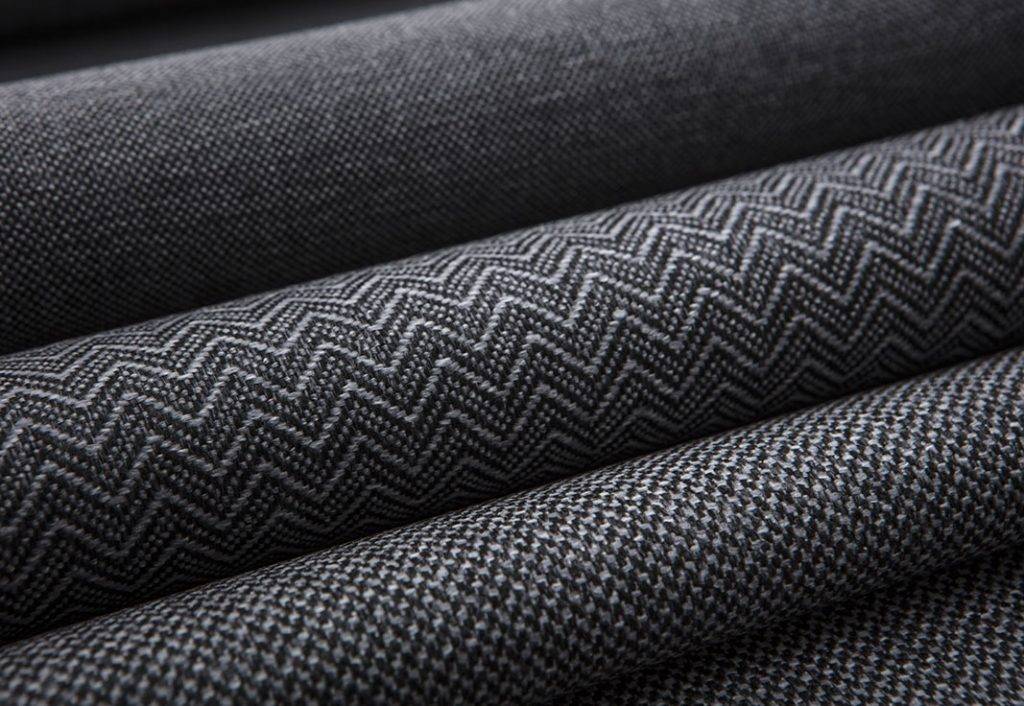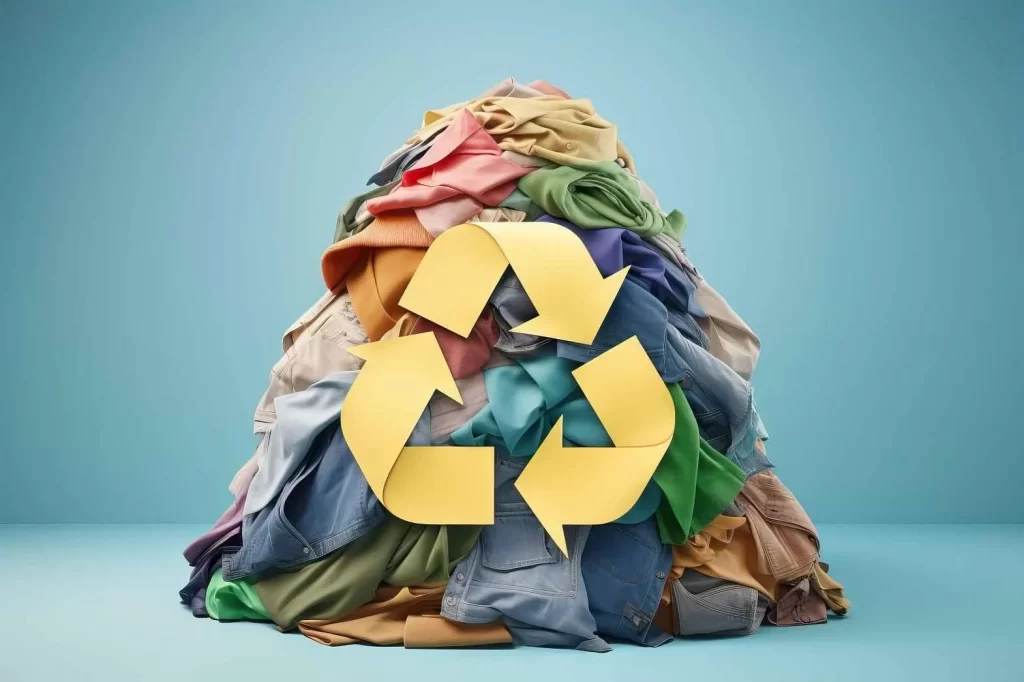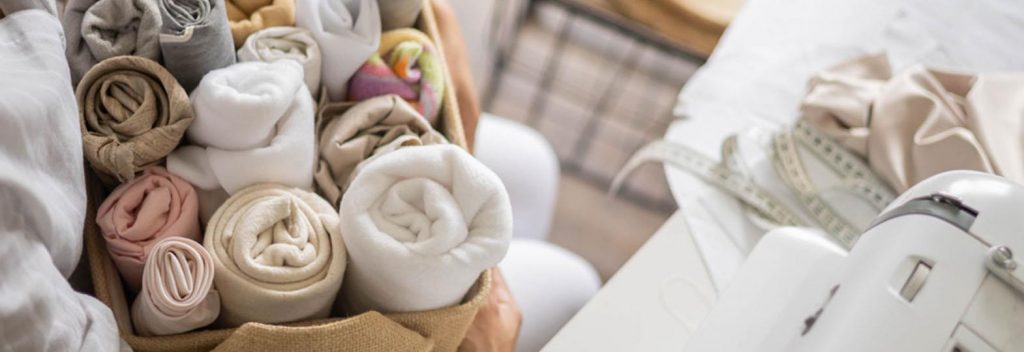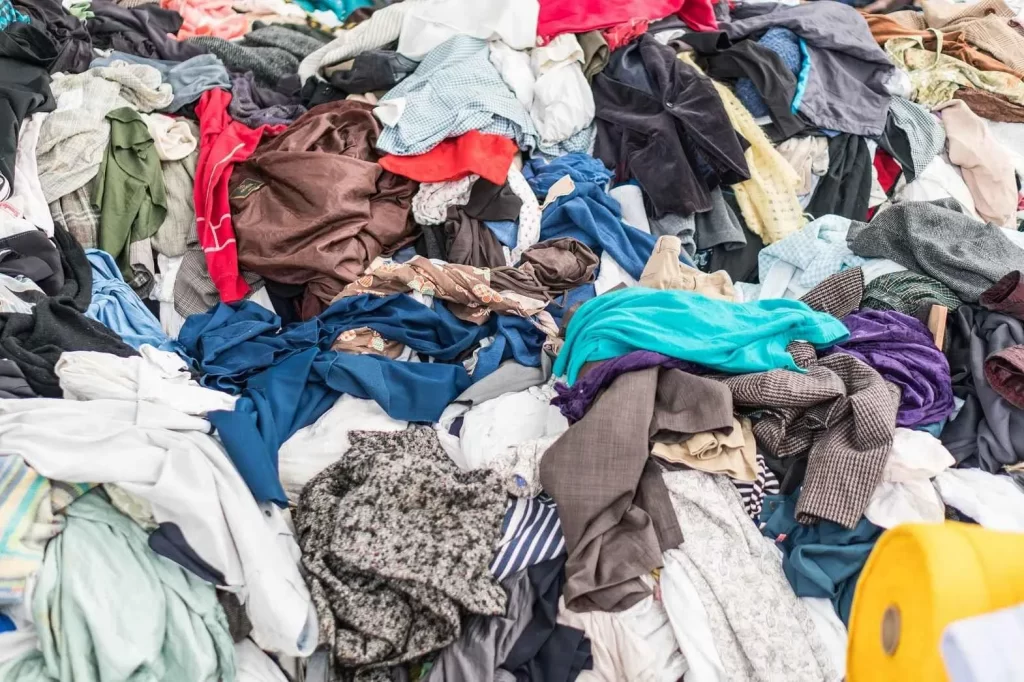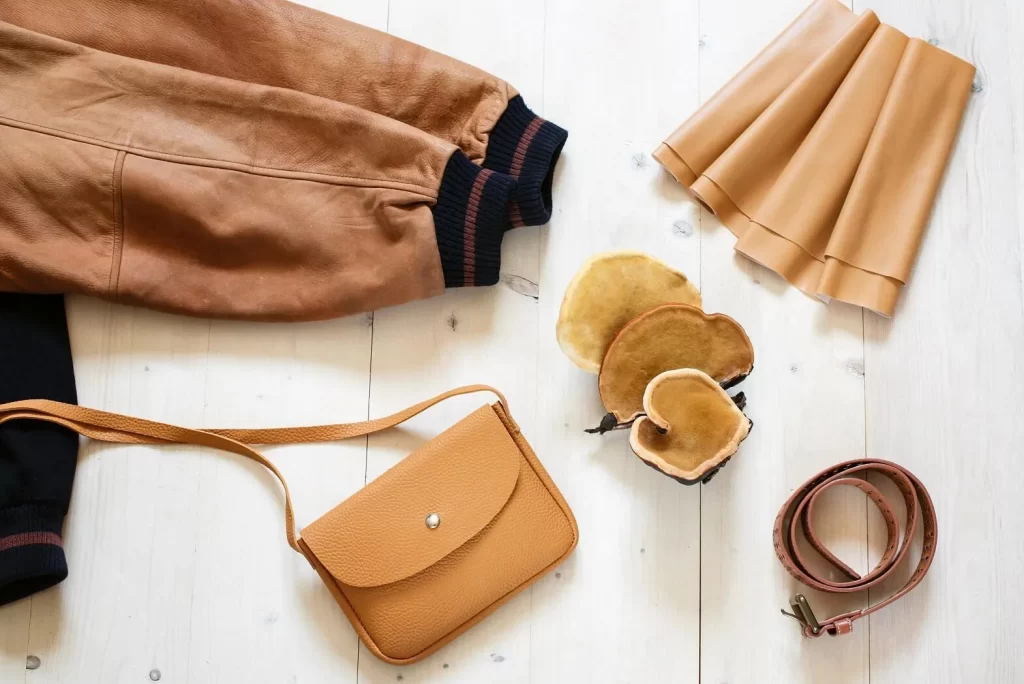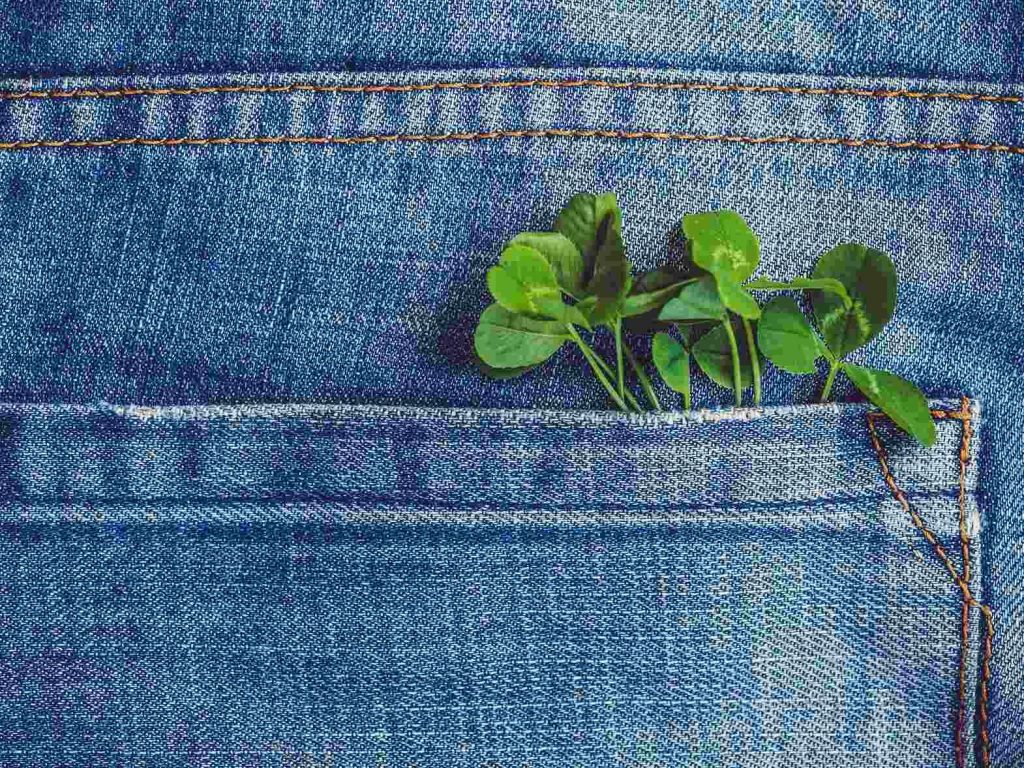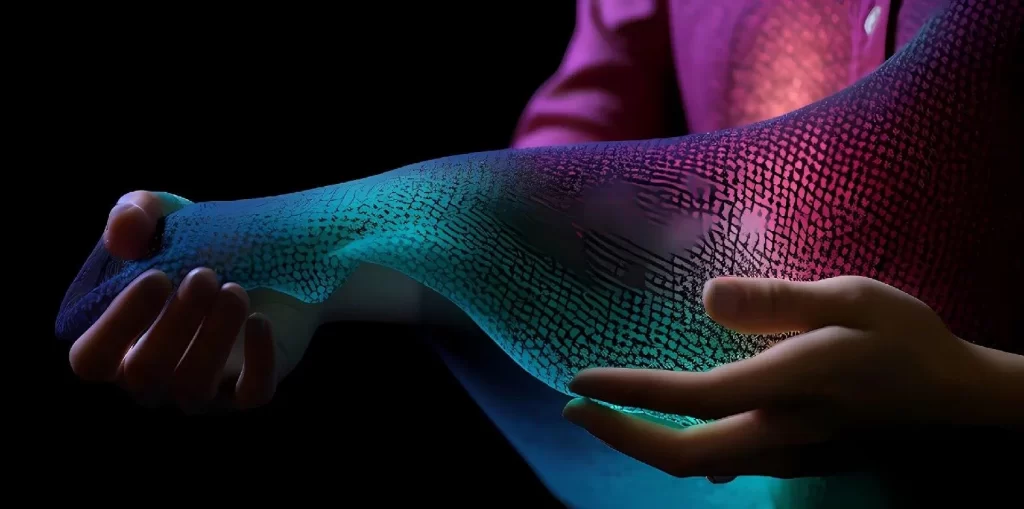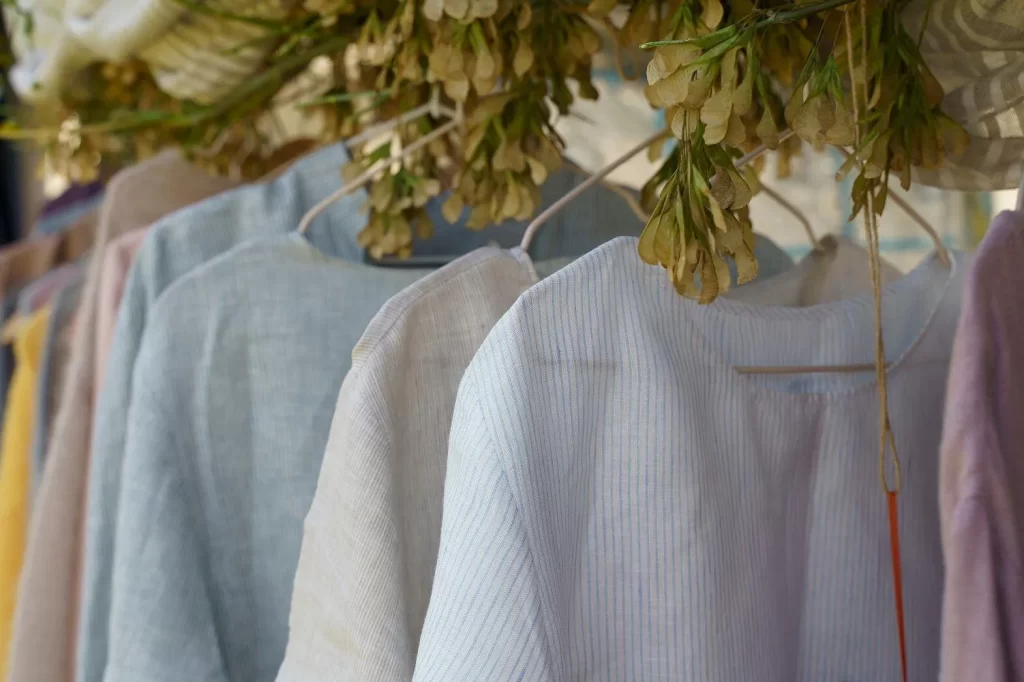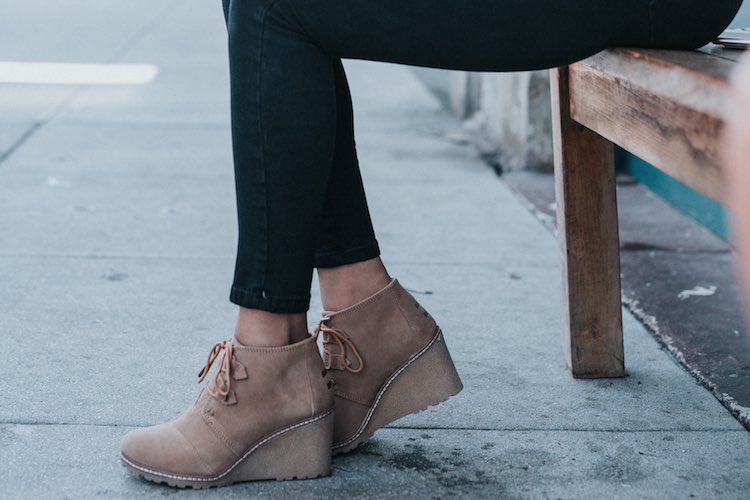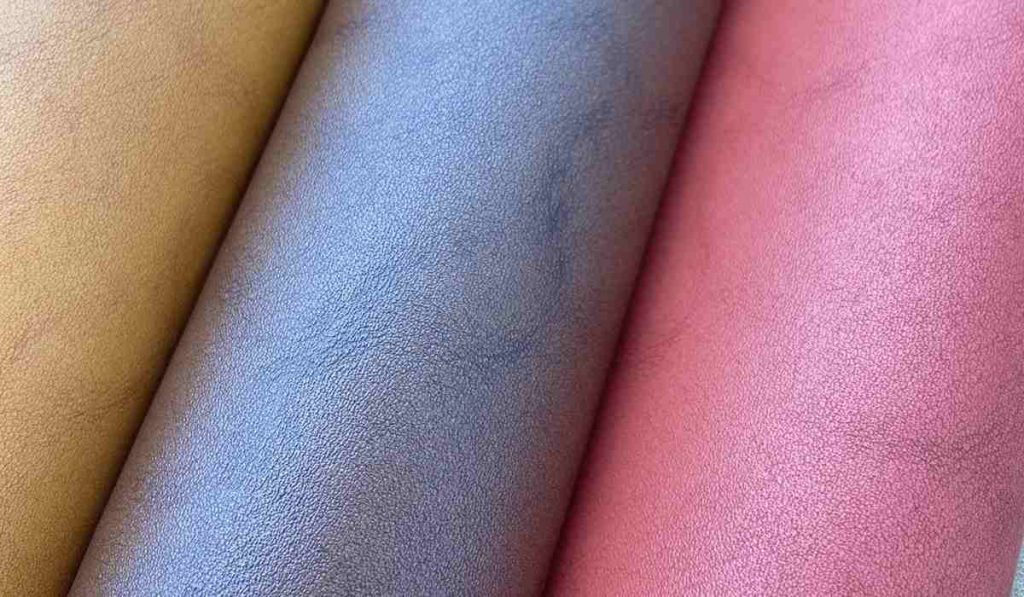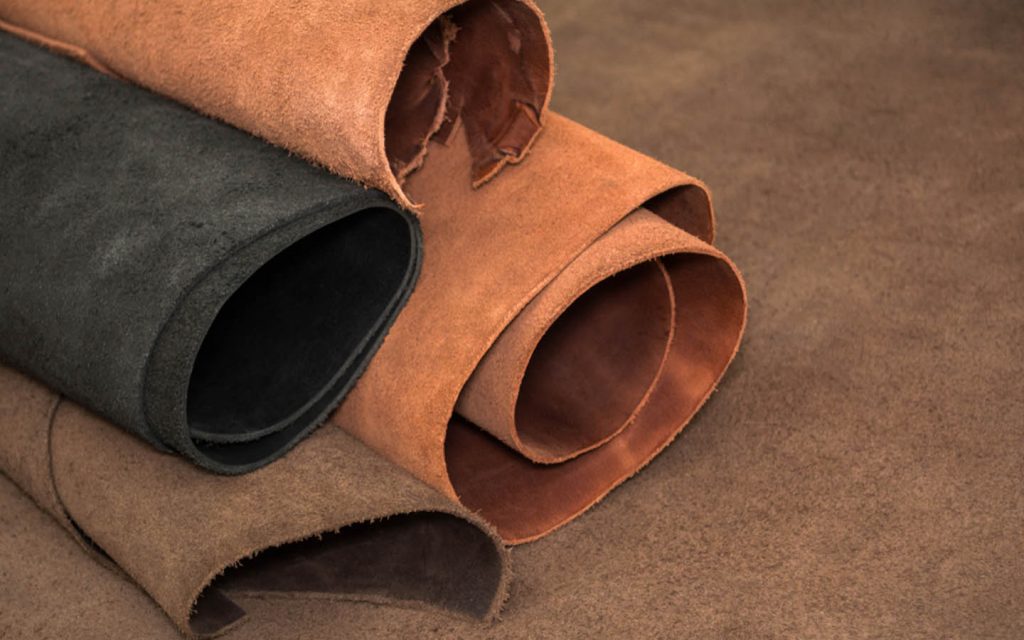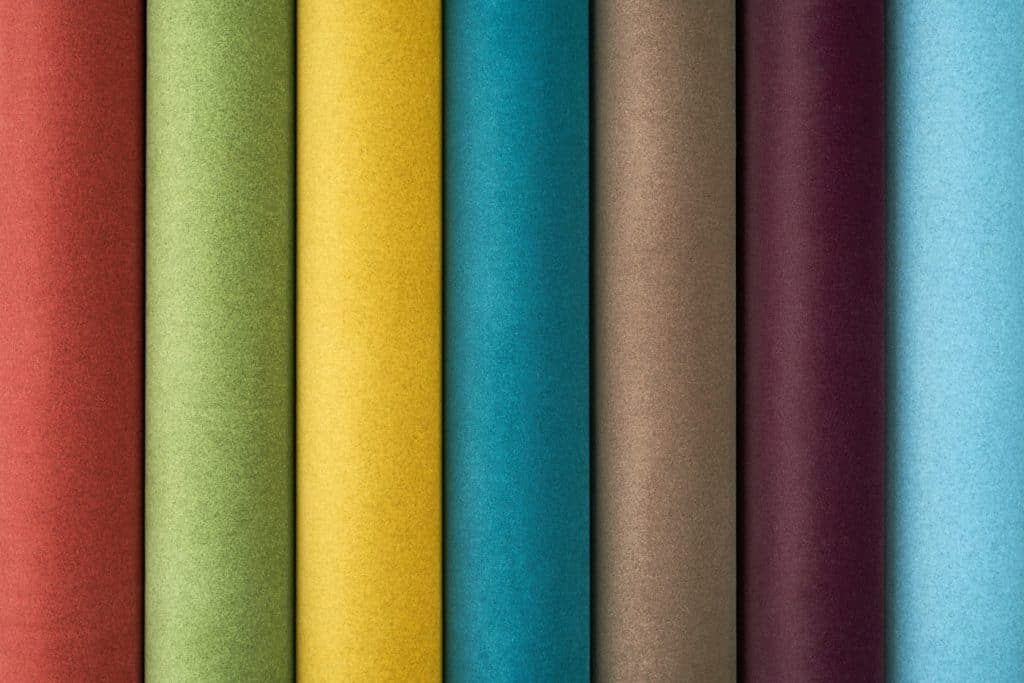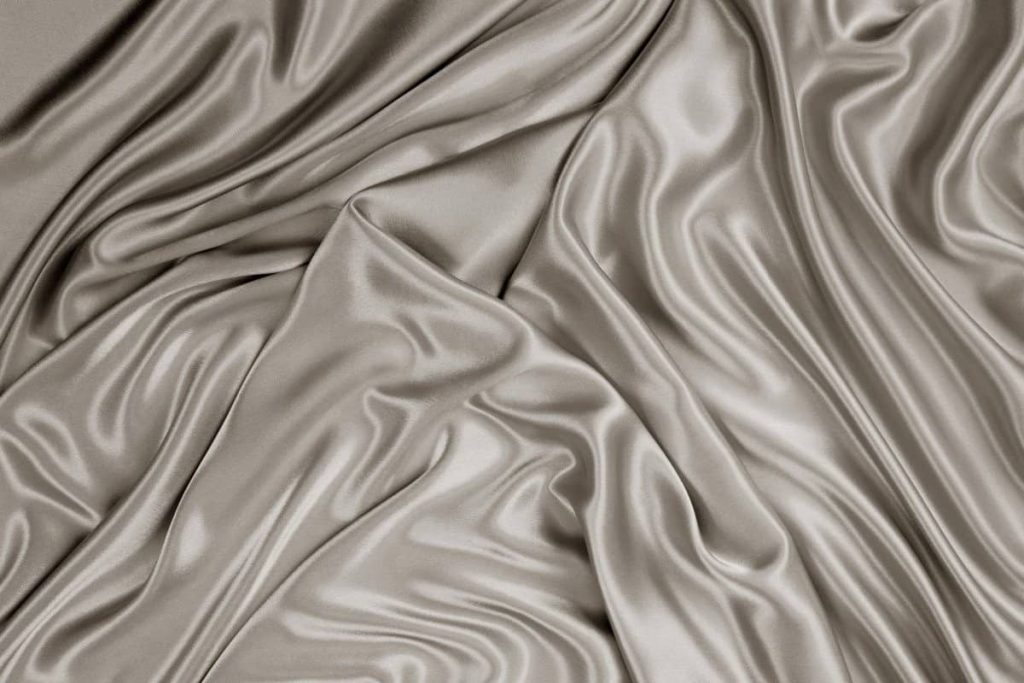What Is Crepe Fabric?
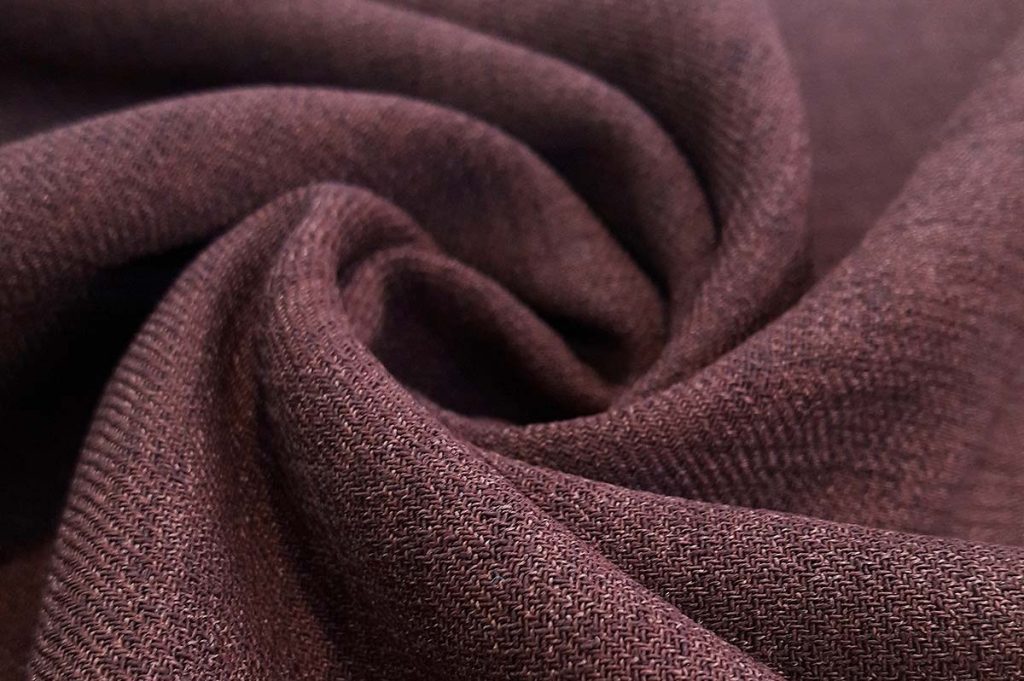
Crepe has taken the contemporary fashion world by storm. Originally made out of silk, crepe fabric can today be created using any readily available material like cotton, rayon, chiffon, etc.
Crepe is a fabric that defines simplicity, class, grace, and comfort like no other material. It has thus cemented its place in both ancient cultures and present-day cultures and communities alike.
Did you know that crepe was the most preferred fabric to be worn by women for mourning in many Western cultures, especially in the Victorian era? Orthodox Greek women still wear crepe fabric when they are mourning. So how did it go from a fabric that symbolized mourning to being a fashion choice today?
In this article, we will discuss everything you need to know about the crinkled crepe fabric that has had a significant influence on the fashion world.
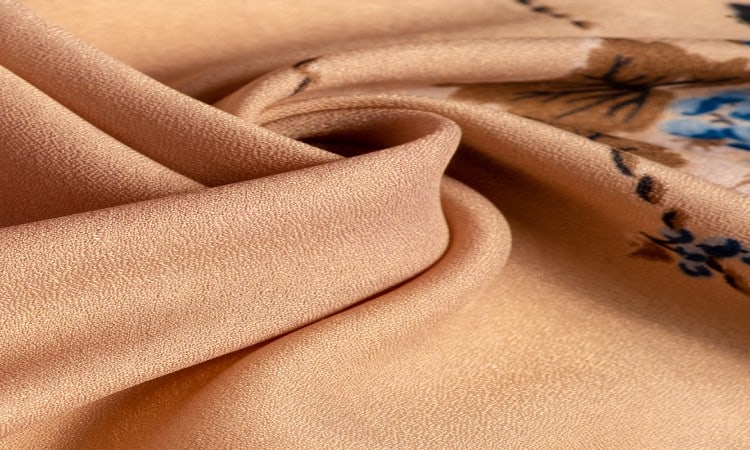
How Does Crepe Fabric Feel?
Crepe fabric is an exceptionally lightweight and soft material that comes in multiple textures and skins. Puckered, bubbly, crinkly, pebbly — the texture of this fabric can range from smooth and fine to rough and rugged.
Considering there are so many types of crepes available, each fabric feels and fits differently. It falls and drapes perfectly on everyone, regardless of your size or shape, thus accentuating your body’s shape. Besides, given how gentle the material feels on your skin, it is comfortable enough for you to wear it for both formal and informal settings.
What Is Crepe Fabric Made Of?
Crepe fabric was initially made out of silk, only to be later produced from widely used materials like rayon, cotton, chiffon, polyester, spandex, and more. It undergoes a weaving treatment to create the three-dimensional, rippled texture for which it is highly known.
The first process involved in the creation of crepe fabric is known as complex twisting. In this process, the textile fibers are tightly twisted to make crepe yarn. Once the yarn is produced, it undergoes the second step that involves turning the yarn into garments, dyeing, stitching, etc.
China and Australia are two of the biggest producers of crepe-based products. The former specializes in producing silk-based crepe products, while the latter specializes in producing wool-based crepe products.
Crepe Fabric Characteristics
Crepe has been the go-to fabric for a while now. The beautiful fall of a dress or a skirt made out of crepe or the feel of the material on the skin is unmatched.
Versatility
Crepe is quite a versatile fabric. Depending on the content and characteristics of the fibers used to create the crepe fabric, the properties of a product made out of crepe can be drastically different. Just the fact that the crepe fabric is available in so many types speaks highly of its versatility.
You have cotton crepe fabric for the summers on the one hand and a winter-appropriate woolen crepe fabric on the other. For decades, crepe has been the preferred fabric for dresses, gowns, blouses, pants, etc. Besides garments, you will frequently come across crepes being used for many home decor and furnishing items. This fabric can help create stand-out pieces that no other fabric upholstery can come close to.
Breathability
To prevent the accumulation of sweat, breathability is a major characteristic of the material that has to be factored in. Luckily, when it comes to breathability, crepe does not disappoint. The fabric is extremely lightweight and sheer in appearance due to which air can freely pass through.
Even if crepe is worn in high temperatures, it is likely to deliver adequate ventilation. Between organic production of crepe and synthetic production of crepe, the former is better in breathability and comfort. And crepe products that are made with cotton or polyester fibers are the best of the lot.
Stretchability
An excellent way to decide whether a piece of fabric is up to standard or not is by discerning its stretchability factor. Between the different crepe fabrics available, some scale high on the stretchability factor while others don’t.
Crepe georgette is one of the stretchiest fabrics available that offers a lovely drape and is generally used for stitching dresses and gowns. Other crepe fabrics that are weaved with elastic fibers like spandex or other knit materials are also equally attractive. This is a major characteristic of crepe that allows you to freely move about in your dress without compromising its shape and appearance.
Maintenance
When taking care of and maintaining something as delicate and luxurious as crepe, it is essential to follow the instructions on the fabric’s label. Because crepe fabric is created using different fibers, every piece of the material comes with its own rules to wash and clean.
Delicate crepe-based fabric pieces made of silk, wool, or viscose need more maintenance than pieces made out of cotton or polyester fibers. Some crepe products are machine-friendly, while some can only be washed by hand using gentle detergents to avoid shrinkage. So the way you take care of your crepe fabric products will depend on the fibers used to weave the fabric.
Heat Resistance
The ability of the crepe fabric to retain heat depends on the fibers involved. Products, especially the ones made out of silk crepe, have low heat resistance. They are only suitable to be worn in the summer season or when the temperatures are considerably higher.
On the other hand, woolen products have high heat resistance. This is why woolen crepe fabrics are popularly used in the winters because they retain heat and make the wearer feel warm.
Appearance
No matter what your shape or size is, crepe is for everyone. Crepe’s ability to provide a beautiful fall or a drape to a dress, gown, skirt, or pair of pants is widely used to produce garments for formal events.
Moreover, garments made out of crepe fabric are easy to handle. They require little to almost no ironing as they are wrinkle-free. But then again, the final appearance and look of a garment made out of crepe will heavily rely on the crepe used to create the garment. We recommend crepe georgette as a good fit for a beautiful appearance.
Moisture-Wicking
To avoid sweat getting trapped inside your clothes and making you feel uncomfortable, the moisture-wicking abilities of a garment is essential to consider. Crepe fabrics that are mostly made out of polyester can draw moisture away from the body. Therefore, it can be safely said that the moisture-wicking capability of the crepe fabric is generally high. The higher the wicking capacity, the quicker the moisture evaporates from the body.
Sustainability
Crepe fabrics that are organically made using earth-friendly materials and procedures are more sustainable than synthetically produced fabrics. Sustainable crepe fabrics contribute to a better environment by reducing waste, conserving water, and having a better overall impact.
Silk crepe fabrics are considered one of the most sustainable options to go for. If silk production has been conducted appropriately, the process is 100% sustainable and does not hamper the environment in any way.
Types Of Crepe Fabric
There are different types of crepe based on how the fabric is manufactured and the fibers used in its production. Let’s take a look at some of the most well-known types of crepe fabric:
Canton Crepe
This is a relatively heavy crepe fabric with massive weaves present throughout the material. It was initially created in the Canton province in China, hence the name.
Wool Crepe
Also known as crepon, wool crepe is mainly made out of silk fibers and cotton fibers. This crepe fabric is most commonly used in lingerie and dresses as it is a delicate and intricate fabric.
Moroccan Crepe
This is a ribbed crepe fabric that is made out of silk, rayon, or wool. The twisted yarns in the weft of the fabric create the ribbed, woven wavy, and heavy texture that this crepe is known for.
Plisse Crepe
This is no ordinary crepe. It is produced with the help of heavy rollers or chemical treatments that imprint the crepe design on a piece of rich, durable fabric. Perhaps the best feature of this material is that it does not require regular ironing and retains its shape pretty well.
Polyester crepe
One of the most commonly used crepe materials, polyester crepe, is used for blouses, dresses, and any piece of clothing that requires a beautiful drape and a fall. It is made from polyester or synthetic fibers.
Crepe Georgette
Crepe georgette is made of matte-silk products and is relatively thin and elastic in texture and feel. Because the fabric’s surface is so effortless and flowing, it is an ideal option for dresses that require layered draping.
Crepe Charmeuse
This type of crepe fabric is created using the satin weave technique. The back of the fabric is dull, while it has a shinier and smoother front.
What Is Crepe Fabric Used For?
From Orthodox Greek women incorporating crepe into their clothes at the time of mourning to Indian cultures using crepe to make their traditional garments, crepe is a fabric that has made its mark on almost every part of the world.
Clothing
Crepe is popularly used to sew garments and clothing pieces like dresses, blouses, skirts, pants, etc., that have a flowy drape to them. Crepe tends to give the impression of a thinner and leaner body and supports a beautiful fall. It offers the perfect fit for formal events, ceremonial occasions, or ensembles that need to be worn to more celebratory occasions.
Home Decor
Crepe has a very distinctive and unique wrinkly effect and is created using a variety of fibers. The heavier types of crepe fabric have a widespread application in home decor pieces like pillows, curtains, throws.
Accessories
Despite being significantly used for clothing wear, it would be wrong to forgo its mention when it comes to accessories. Crepe has a luxurious touch to it and is extremely delicate and lightweight to use. You will often find it being used to create fragile accessory items like scarves, hats, etc.
Is Crepe Fabric Good for Summer?
Because crepe fabric is available in many variations, some crepe are suitable for summer while some are not. Cotton crepe fabric and stretch crepe fabric are generally the ideal forms of crepe to use during summers. They are lightweight and breathable materials that don’t stick to the skin or feel harsh.
Stretch crepe fabric is an ideal option if you want to give a gorgeous, body-hugging effect to your outfit without feeling discomfort or irritation. The fabric is elastic and stretchy and is widely used in feminine garment pieces.
Make sure you don’t use crepe fabric that is woven using strands of wool or any harsh and thick material. Such fabrics have a high tendency to retain heat, and you would lose on the benefits of wearing something that is airy, light, and summer-appropriate.
Is Crepe Fabric Stretchy?
Yes, crepe fabric is stretchy. Provided a garment made out of crepe is maintained correctly and taken care of, it can retain its stretchability and elasticity for a long time.
A plain weave is used to produce crepe. It is characterized by twisted yarns in the weft and the wrap, which imparts the fabric with a pebbly surface and makes it overall stretchy and elastic. Polyester incorporated with elastane makes for a good stretch crepe.
Disadvantages of Crepe Fabric
There are always two sides to the same coin. Just like any other fabric, there are a few downsides of crepe fabric, too. Here are some of them:
- Crepe fabric that is produced using 100% silk is quite expensive.
- Silk-based or wool-based crepe products are generally more expensive than products made out of synthetic crepe fabric. Moreover, if the fabric is treated with dye, retardants, or any other substances, additional charges may also apply.
- Crepe fabric created by weaving viscose or wool material is usually not machine-friendly and requires extra care.
- Even the slightest tear or snag on a crepe fabric is typically untreatable and can spoil the entire outfit.
- If the crepe is subjected to constant fraying and rubbing, it loses flexibility and becomes more fragile.
- Synthetic and natural textile products that feature crepe can be harmful and promote environmental degradation. This, however, may depend on factors like the polluting power of the fabric and its biodegradability.
What is Cotton Crepe Fabric?
From being used for quilting home decor items to making an appearance in summer garments that are lightweight and breathable, cotton crepe fabric is an exquisite variety of crepe. Their standards are much higher than other cotton or crepe materials, which do not allow as much flow or fall as the cotton crepe fabric does.
Cotton crepe fabric is produced using twisted and textured yarns along with special weaves, chemical treatments, and embossing that elevates the fabric up by a few notches.
Brides love to incorporate cotton crepe into their wedding gowns and their bridesmaid’s evening gowns. Why? Because it is tough to get something as soft, textured, wrinkle-resistant, comfortable, and beautiful to wear at the price that cotton crepe comes at.
Crepe Fabric by the Yard
The cost of crepe fabric can vary vastly depending on several factors, such as the type and weave. For example, crepe fabric made from wool or silk is bound to have a significantly higher price than synthetic crepe fabric.
Different certifications apply to crepe fabric based on the fibers being used. The four major certifications are:
#1. Silk Mark
#2. Global Recycle Standard (GRS)
#3. Woolmark
#4. Responsible Wool Standard (RWS)
Silk Mark is a world-renowned silk certifier that ensures the sustainable production of silk. The GRS certification applies to products made using recycled polyester and recycled wool textiles. Both Woolmark and RWS are organizations that follow stringent standards to ensure the high quality of wool products.
These are some of the factors that can determine how much crepe fabric will cost. On average, however, you expect crepe fabric to cost approximately USD 8 to USD 30 by the yard.
The cost will also vary if the fabric is dyed or treated with substances such as fire retardants.
If it is your first time dealing with crepe fabric, a good rule of thumb is to buy it by the yard to make your stitching and crafting experiments a success.
Conclusion
We hope all your crepe-related concerns and queries were satisfactorily answered in this article. The crepe fabric’s unique pebbly and rippling texture can alleviate any boring-looking ensemble and make for an ideal outfit for any occasion.
So the next time you cannot decide which fabric to use to stitch your dress from scratch, crepe would be an easy choice!
Other News
Unravelling Asia’s Textile Dominance: Strategic Advantages and Future Prospects in the Global Market
Innovations in Home Textiles Industry: Revolutionising Comfort & Style
Decoding Germany’s Budget Crisis and its Likely Impact on the Textile-Apparel Industry
Best quality fabrics for clothes | Top 10 textile countries in the world
Best quality fabrics for clothes | Top 10 textile countries in the world
What is jacquard fabric? Different types of jacquard fabric.
Consumer Textile Recycling: Emerging Technologies Shaping Sustainable Fashion
Factors that will Impact the Textile Value Chain in 2023
Solving Fabric Waste for a Greener Fashion World
Eco Innovation in Fashion: Revolutionising the Industry
Denim Brands: Moving Towards a Greener Future
Functional Textiles: Blending Innovation with Sustainability
Organic Fabrics for Sustainable and Luxurious Living
Differences in foot shape when wearing wedge-heeled shoes with elevated forefoot height and heel height
Introduction of pvc leather fabric
Original Leather in Pakistan; Natural Thick High Resistance Durability Soft Flexible
Silk Tricot Fabric; Circular Weaves Sturdy High Resistance Not Irritated Skin
How useful was this post?
Click on a star to rate it!
Average rating 0 / 5. Vote count: 0
No votes so far! Be the first to rate this post.
